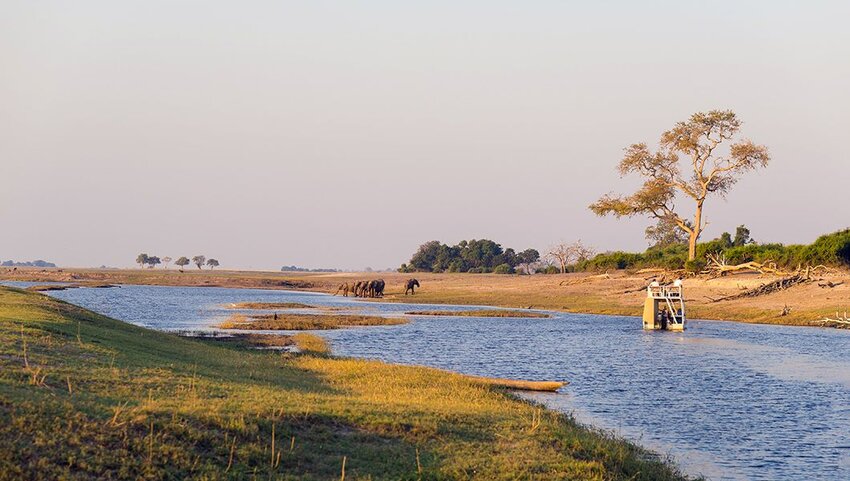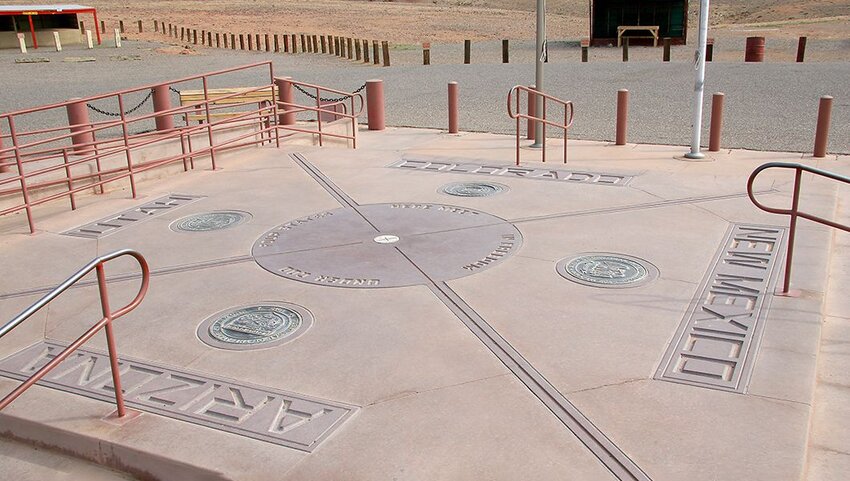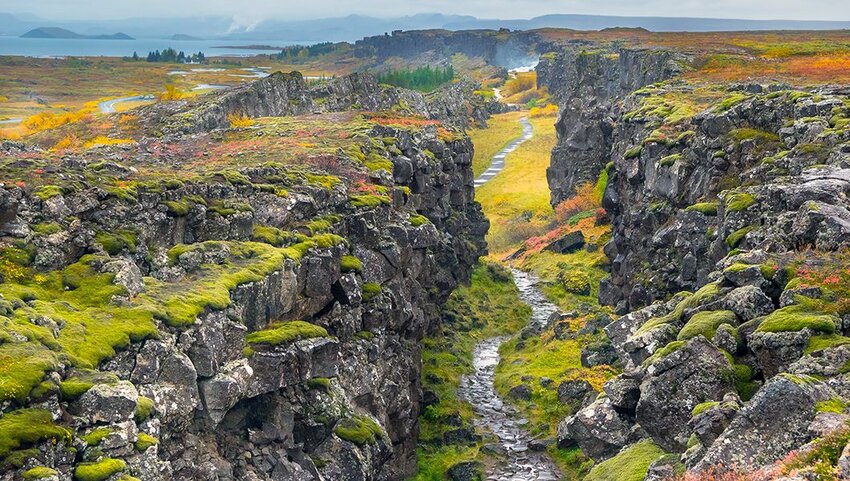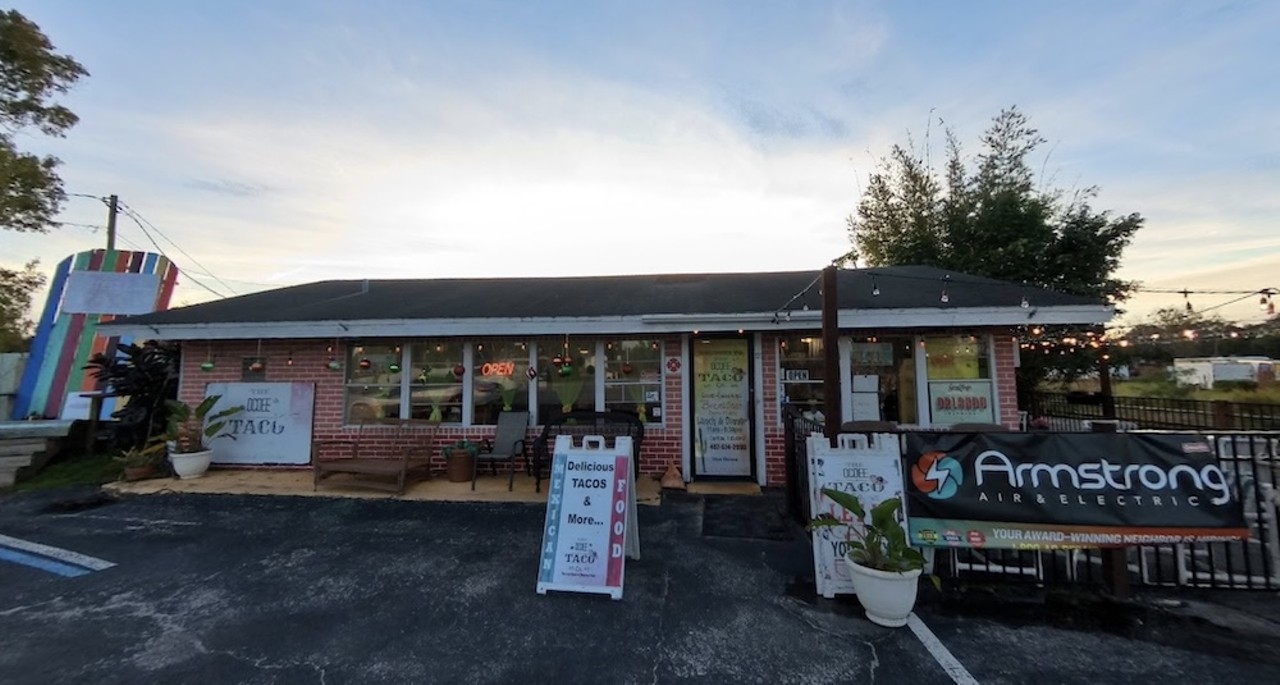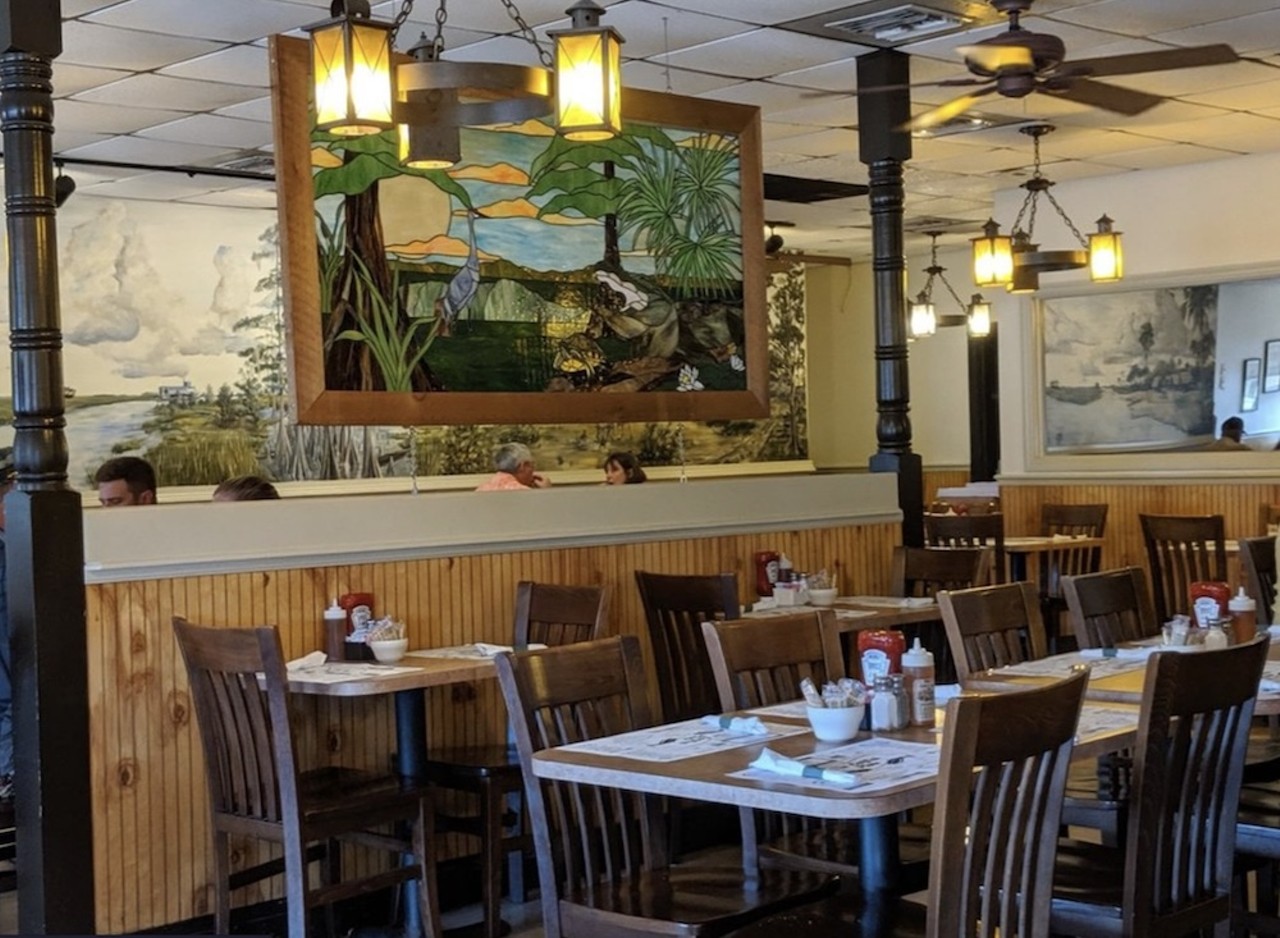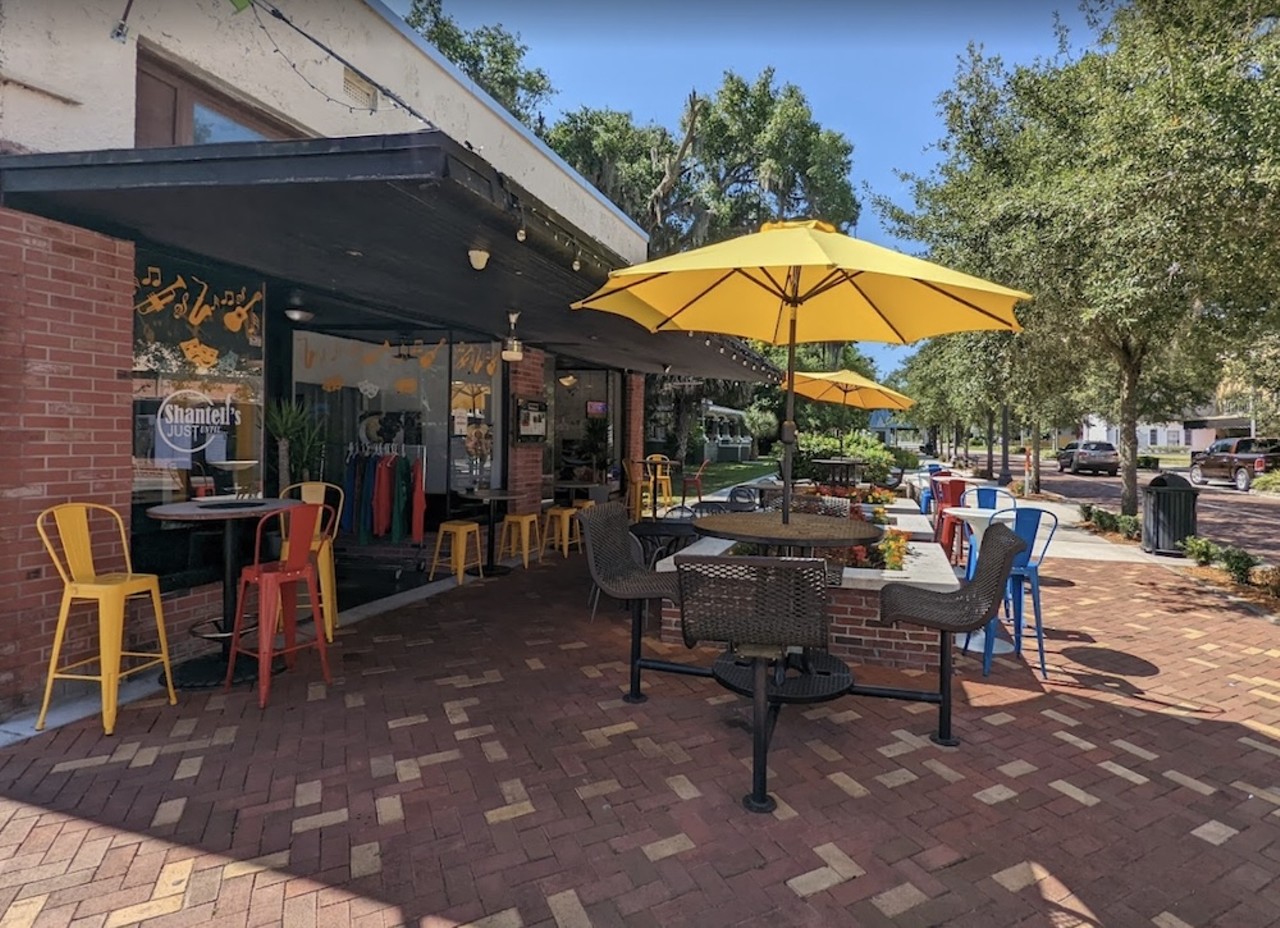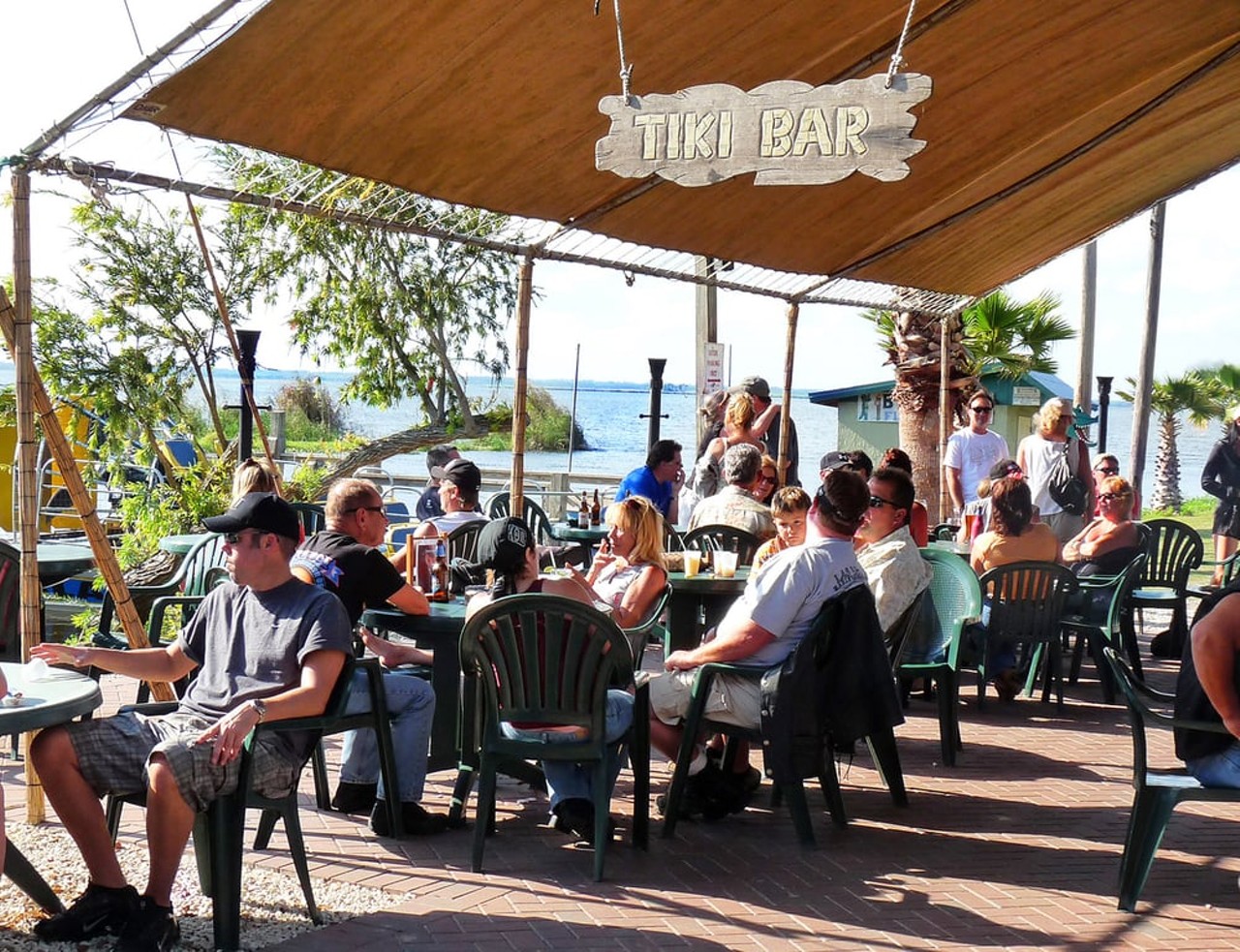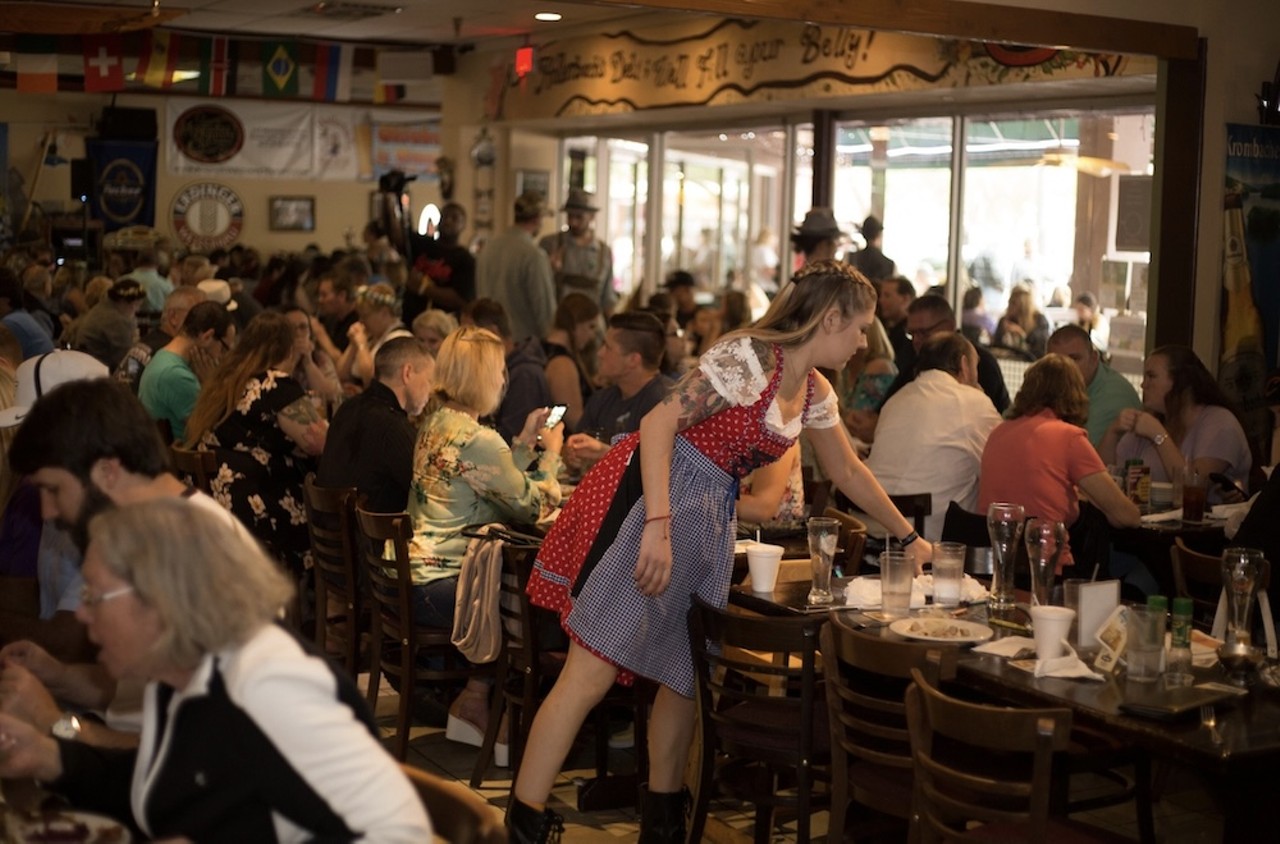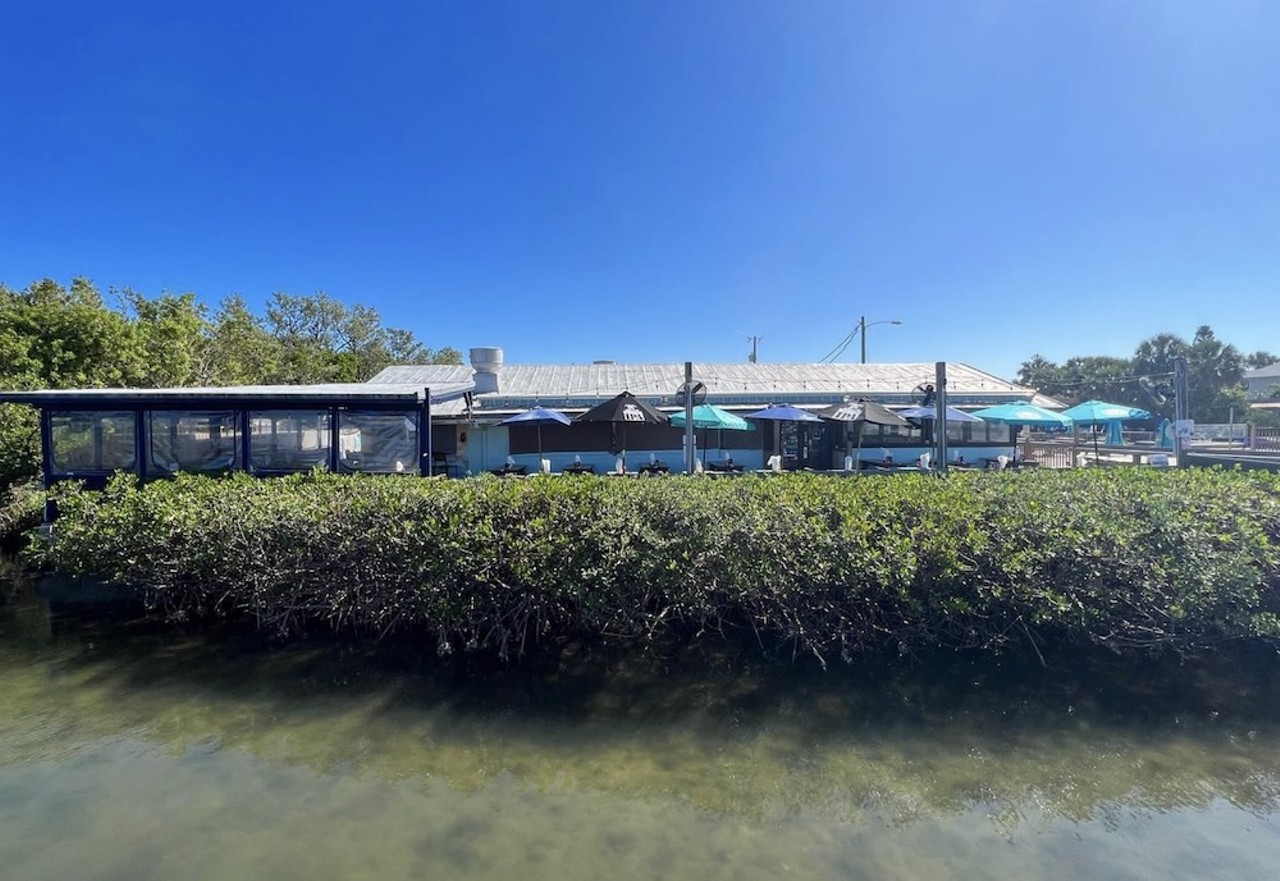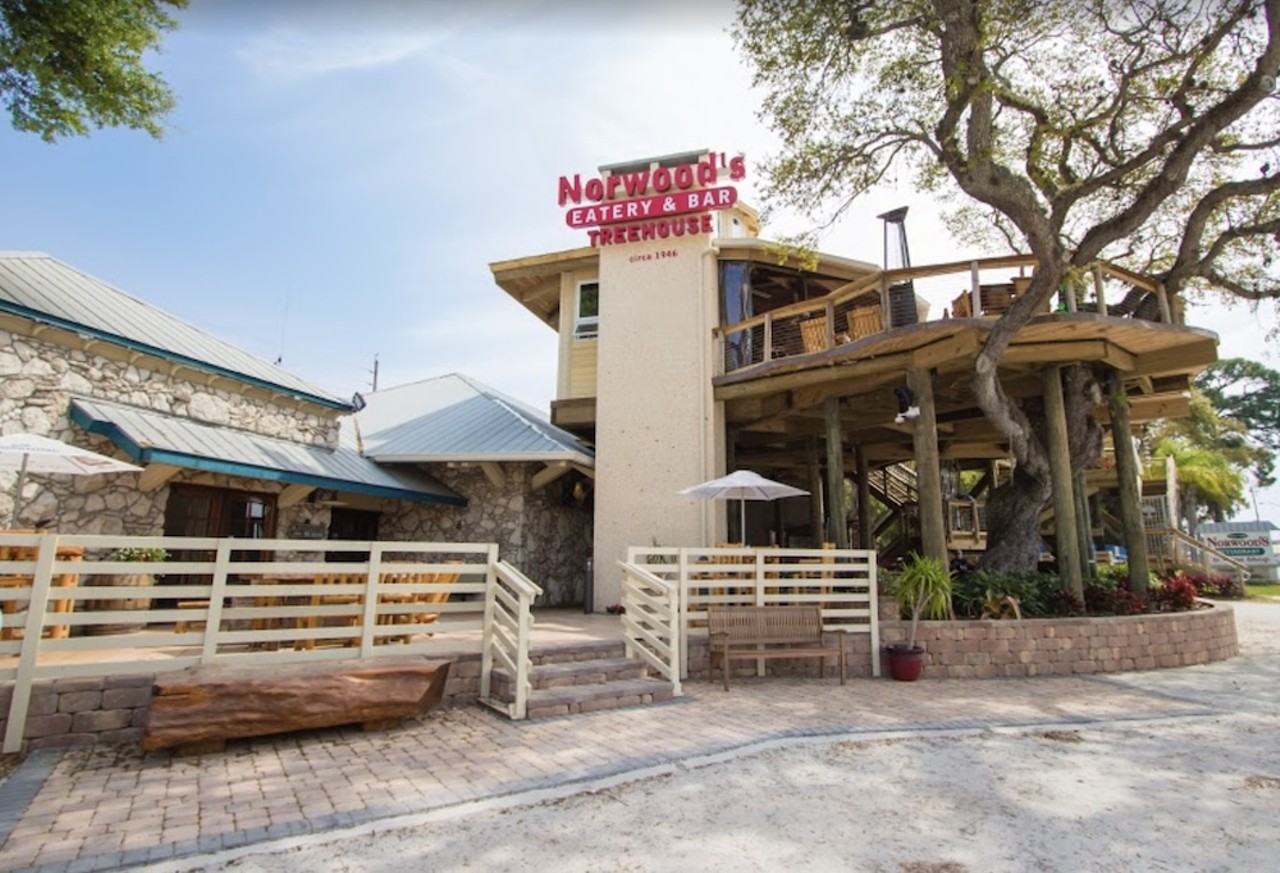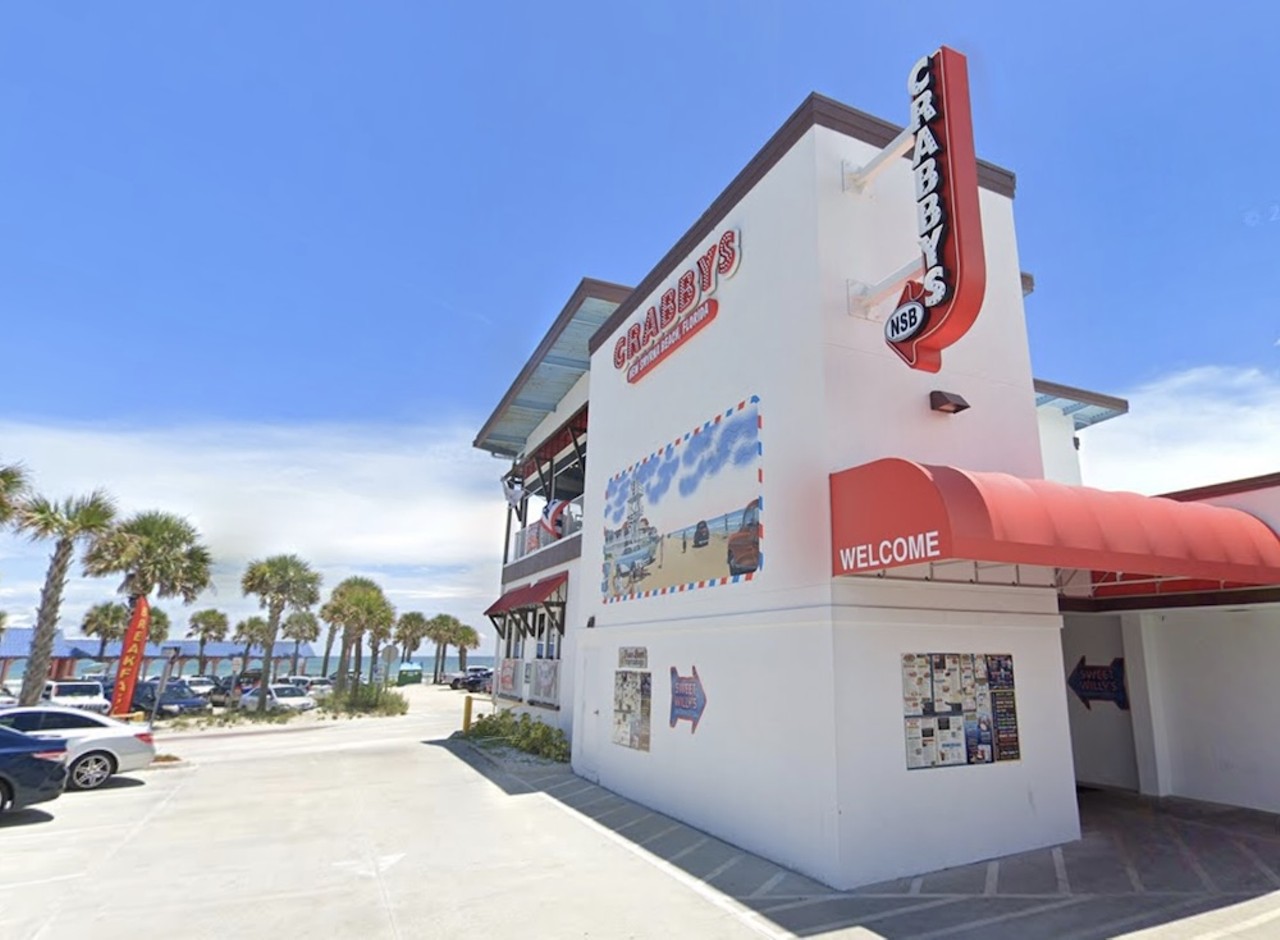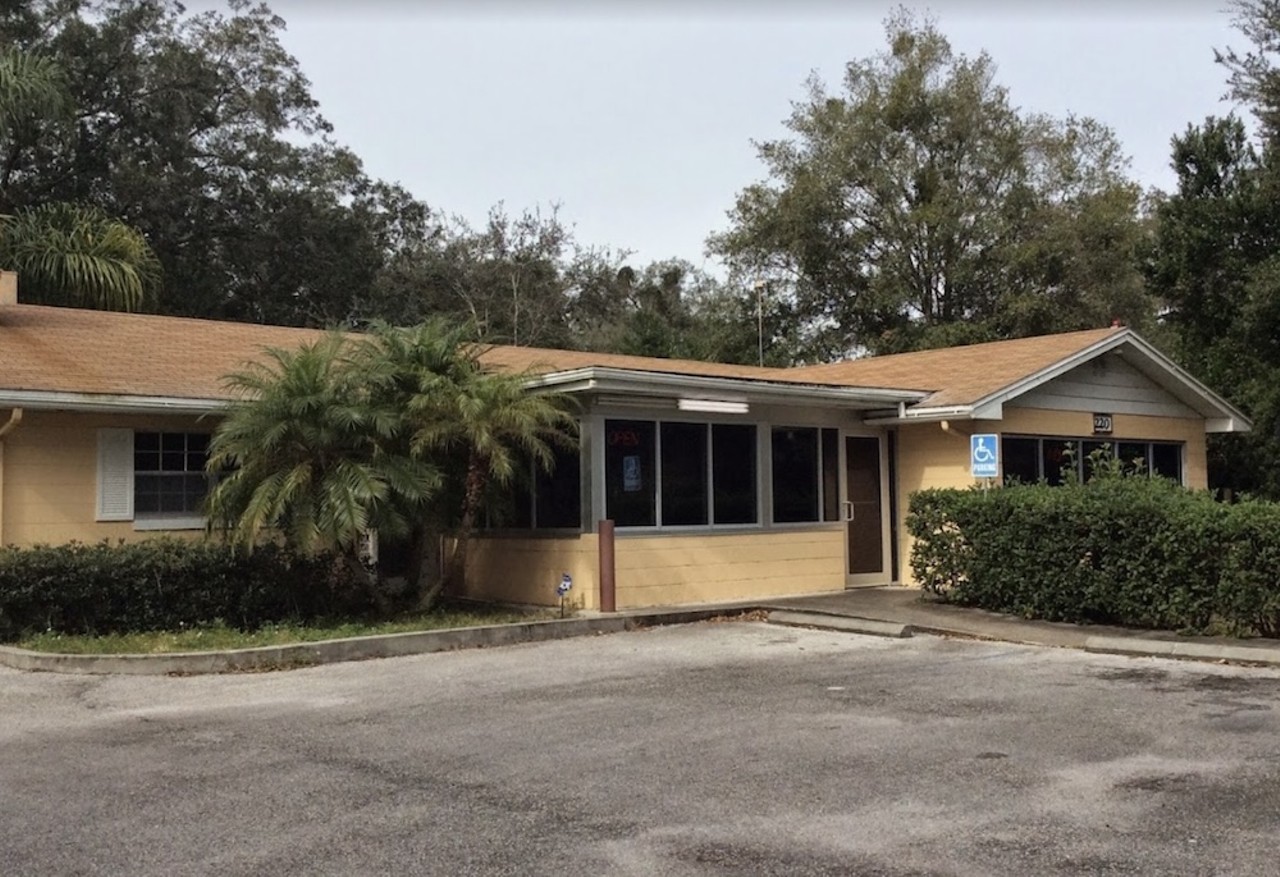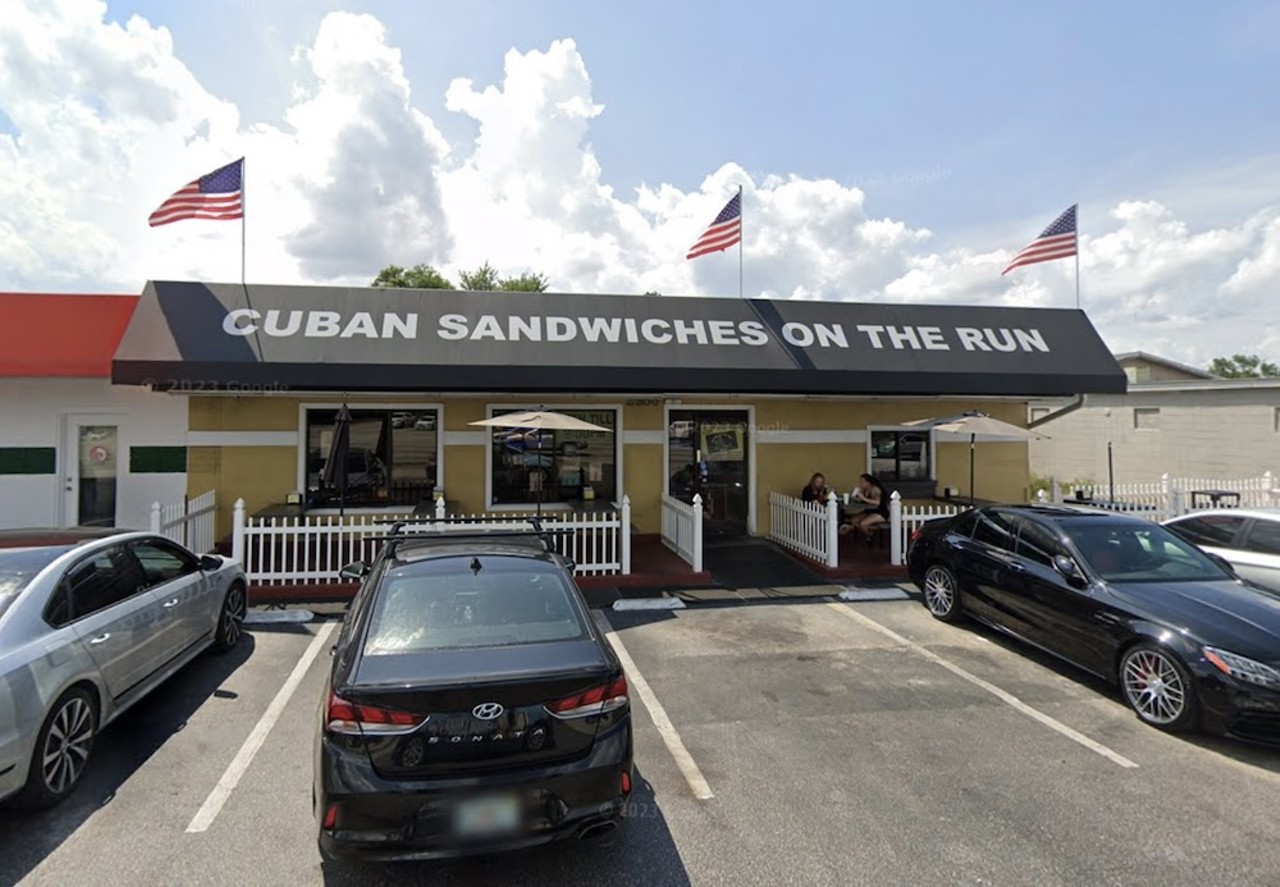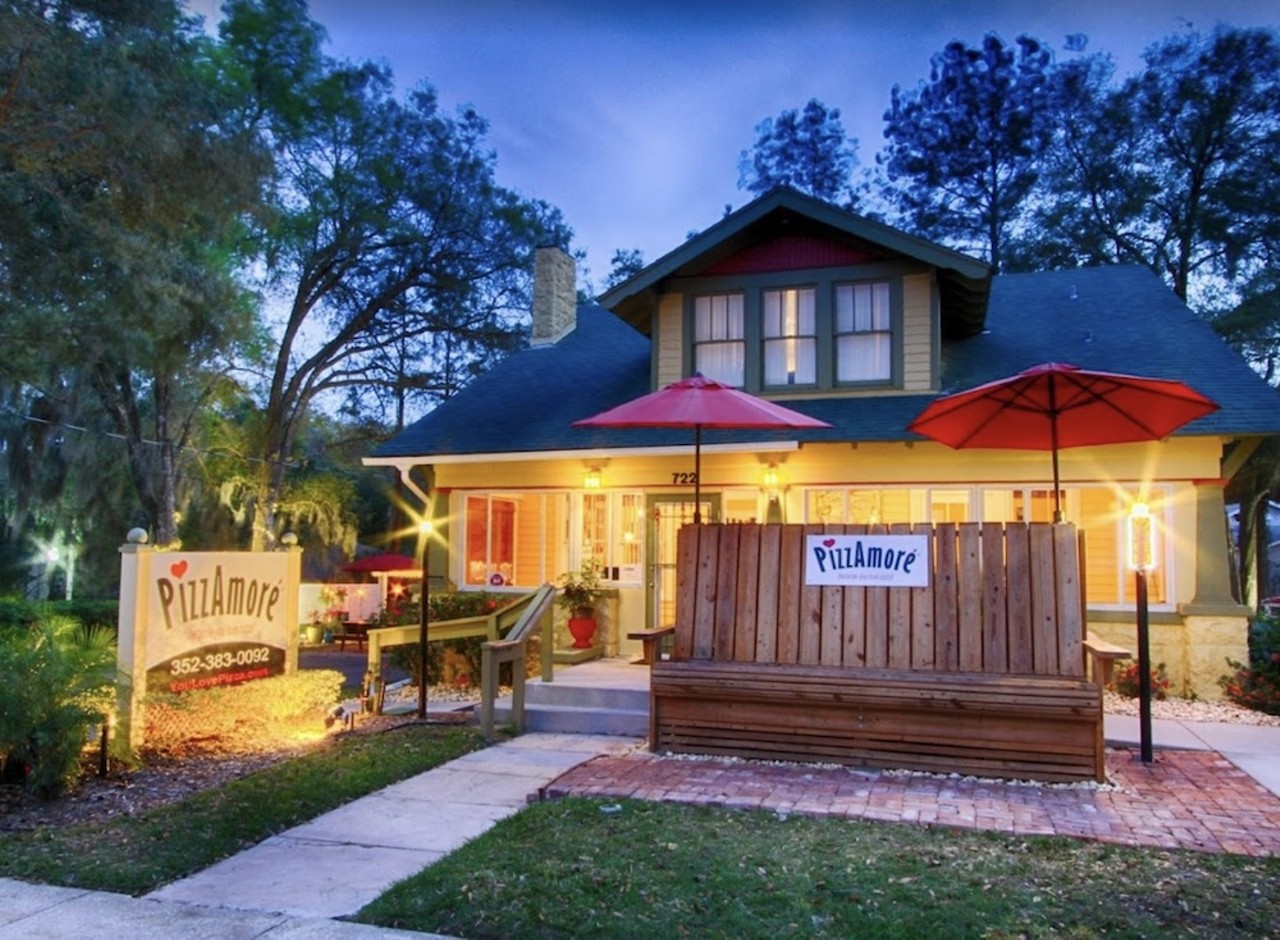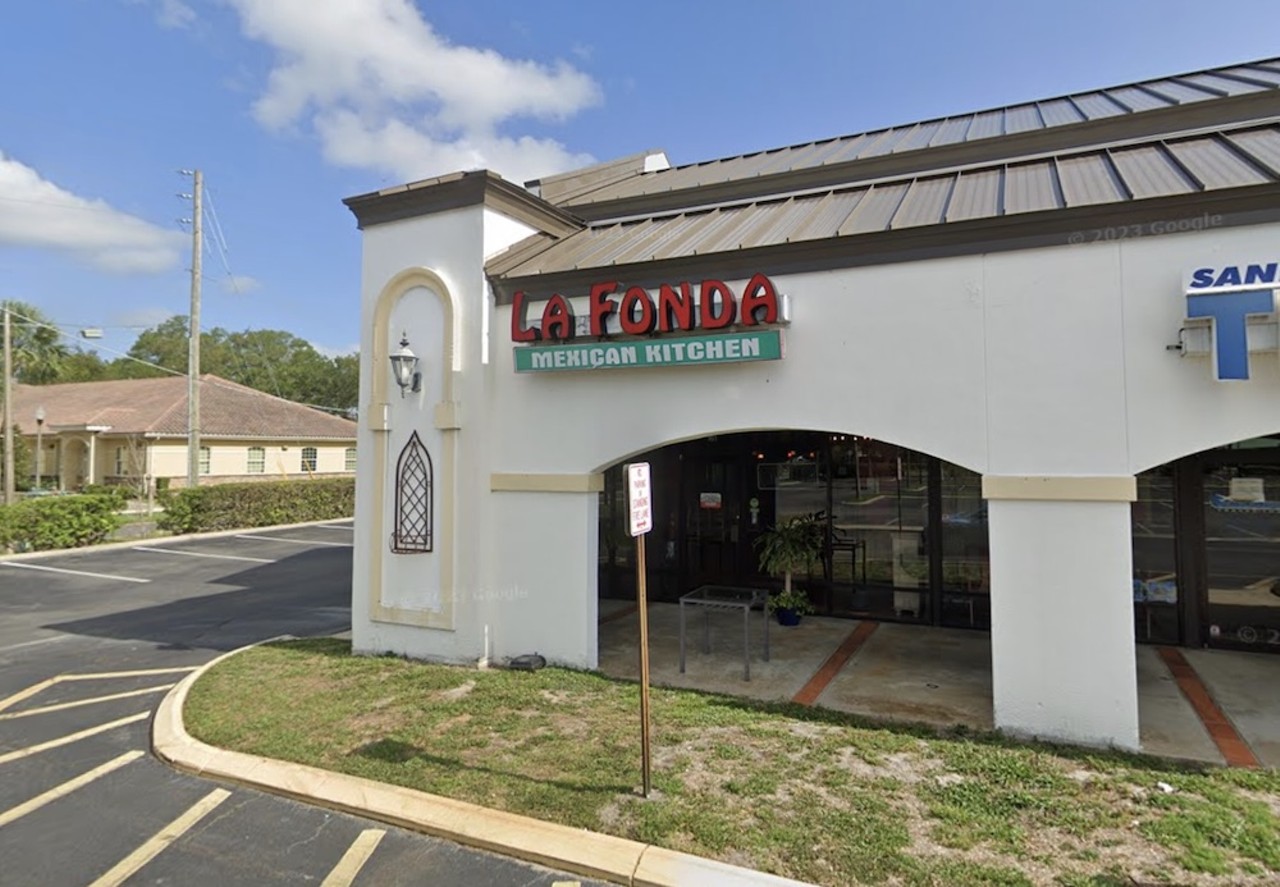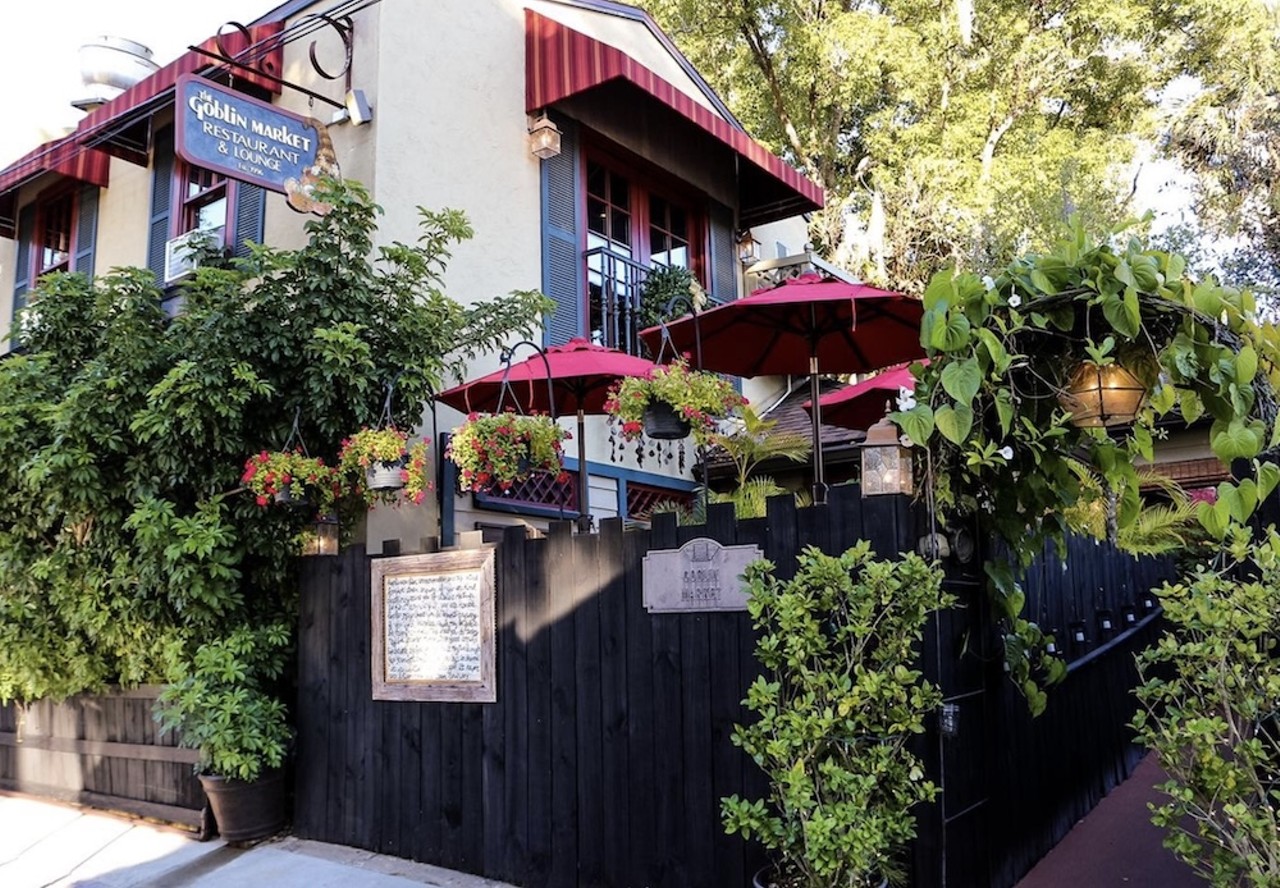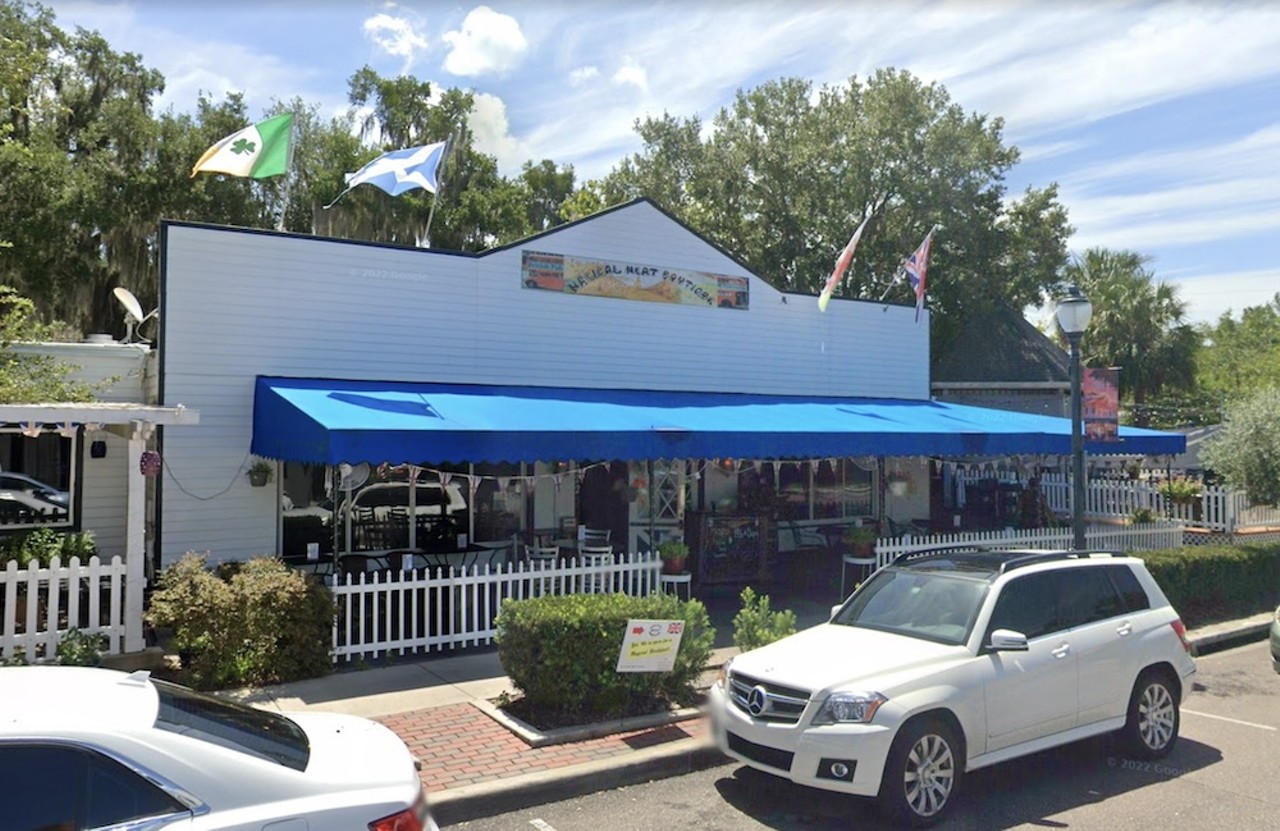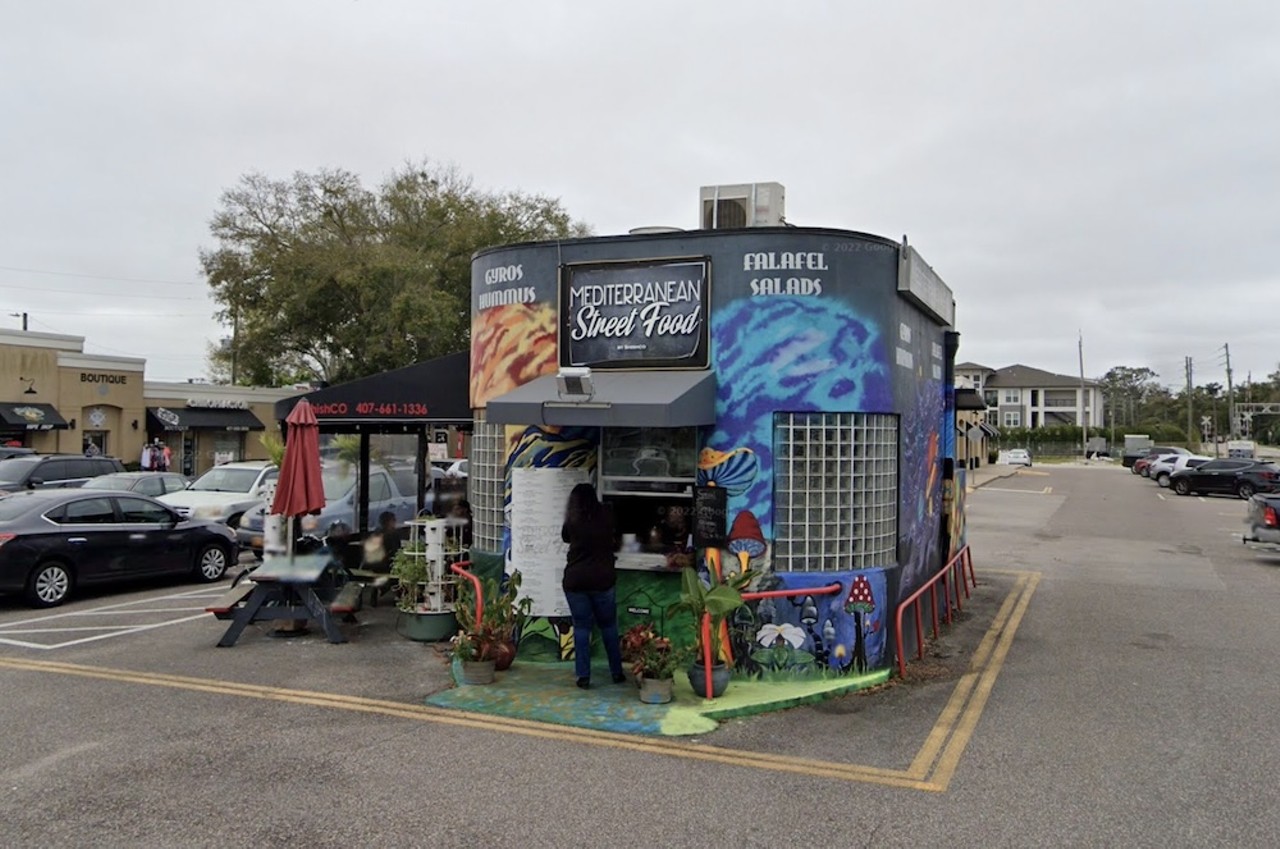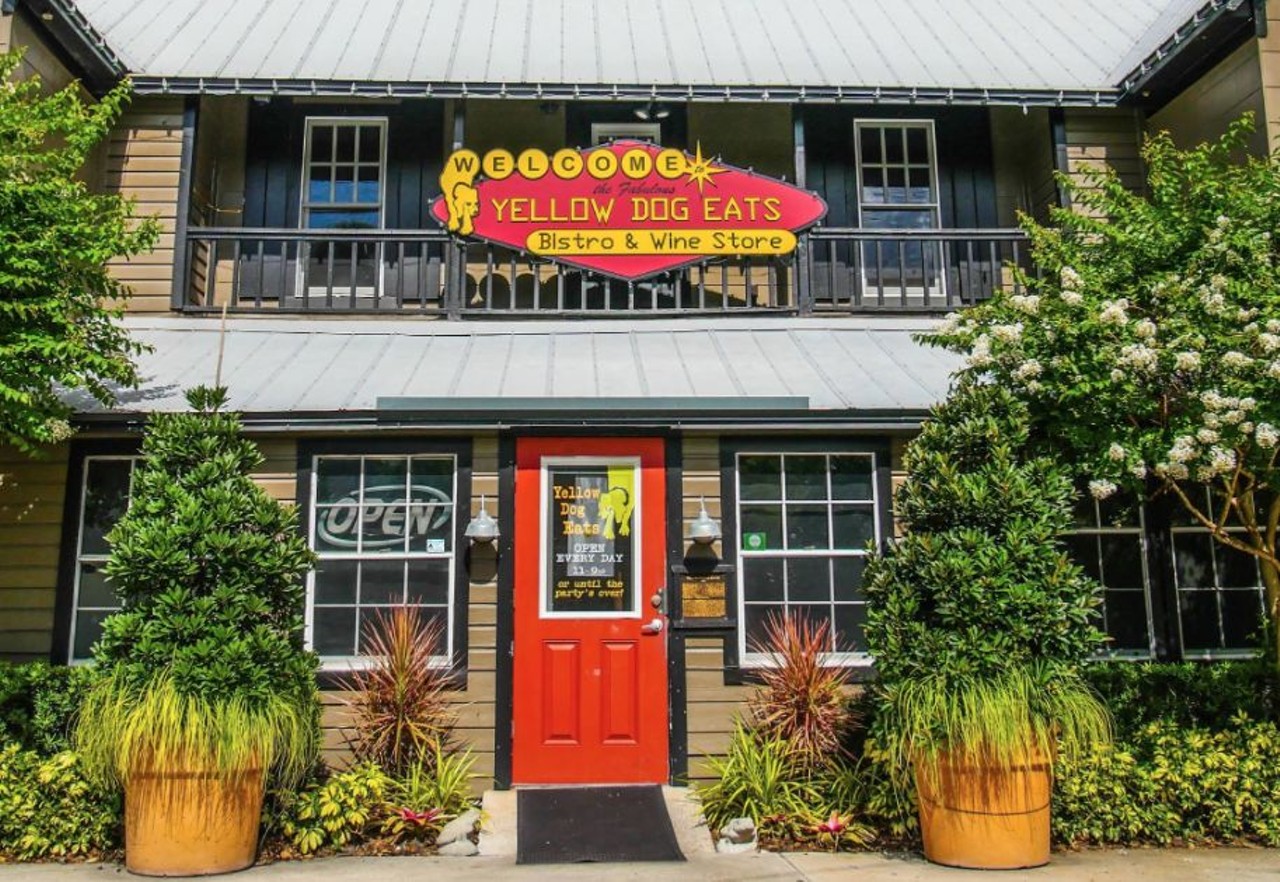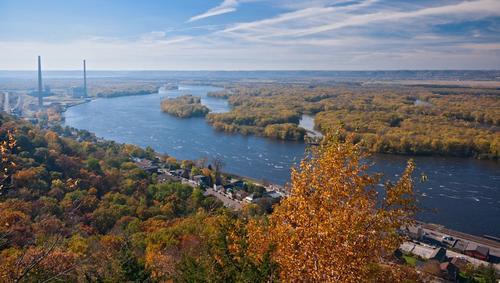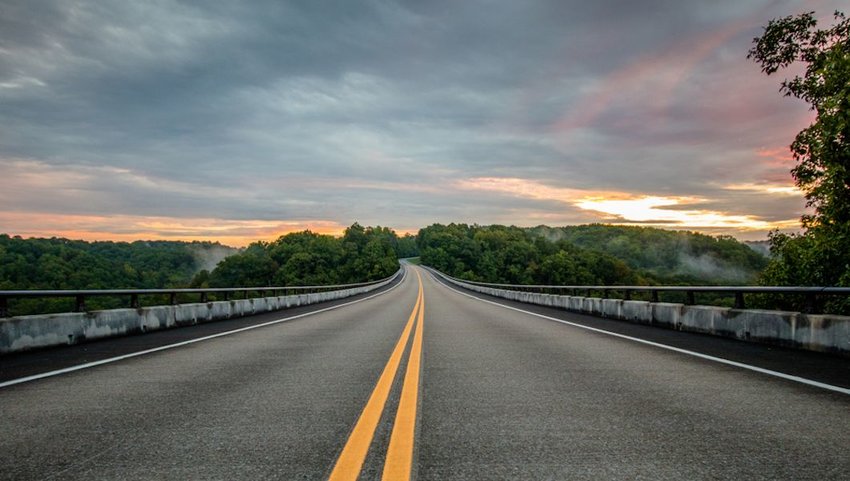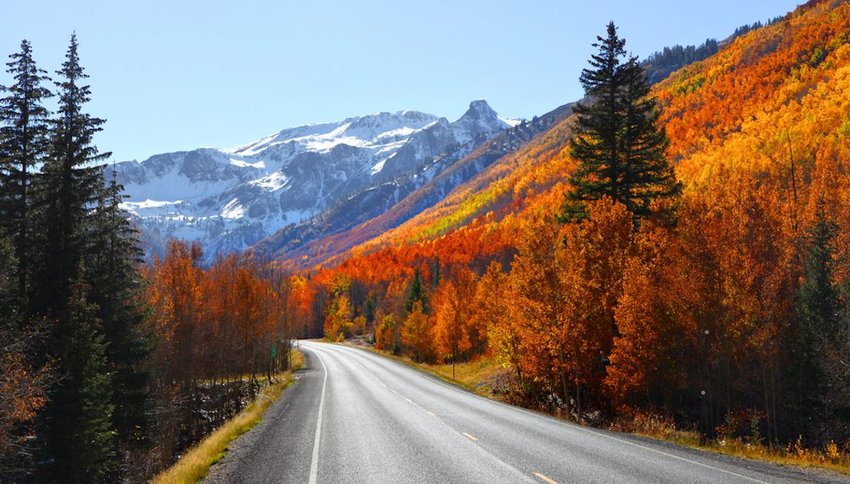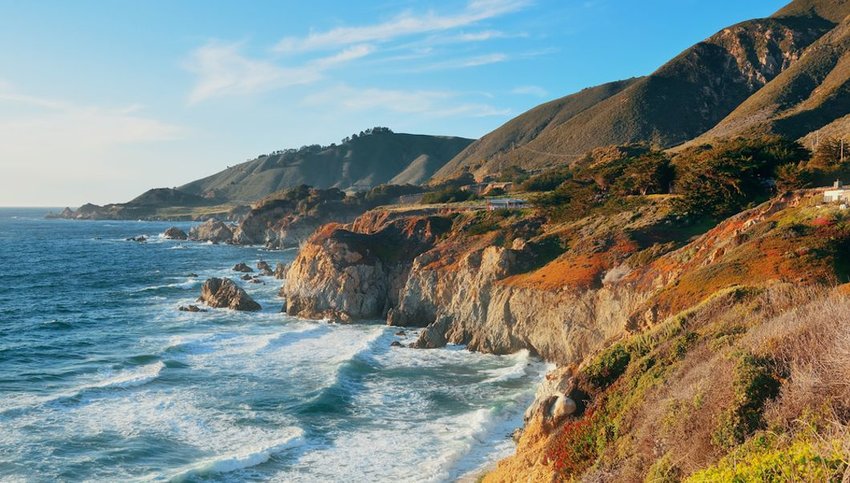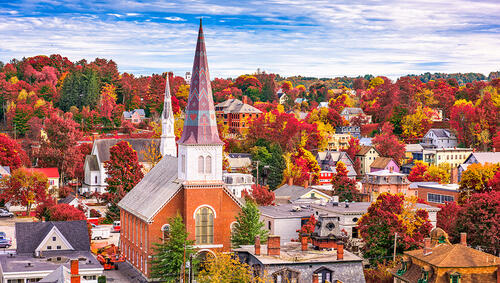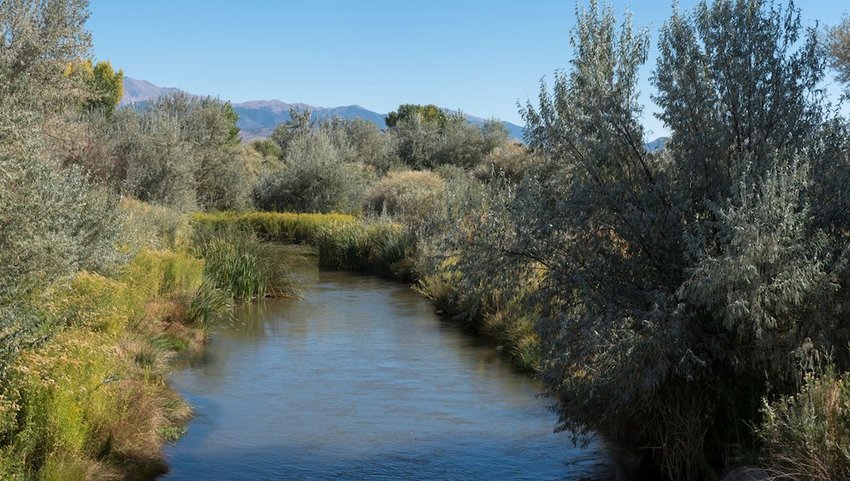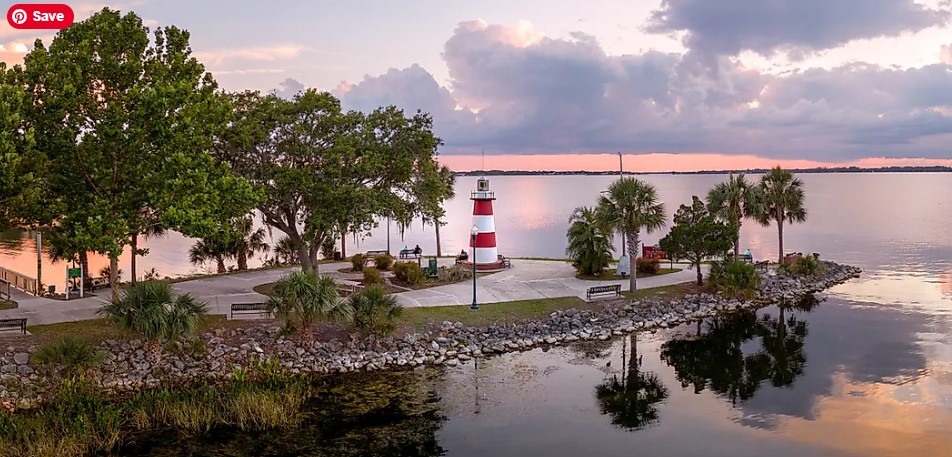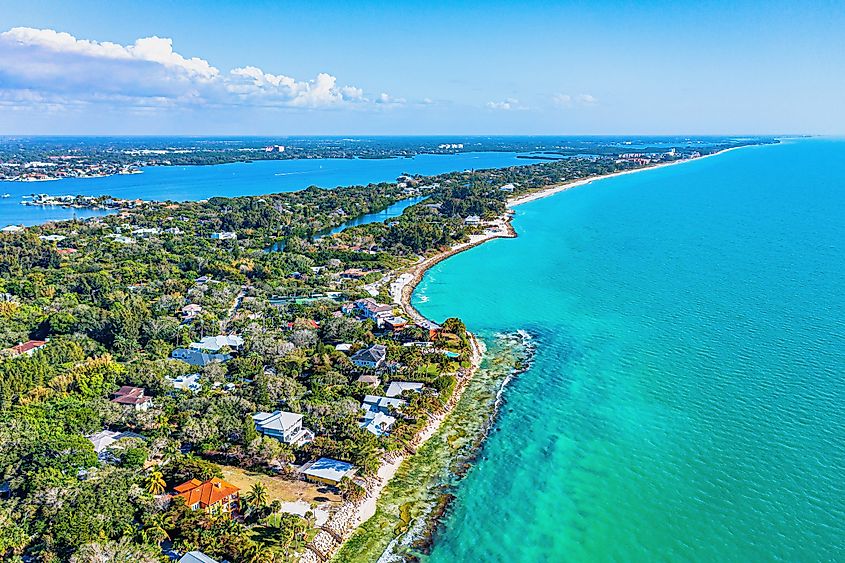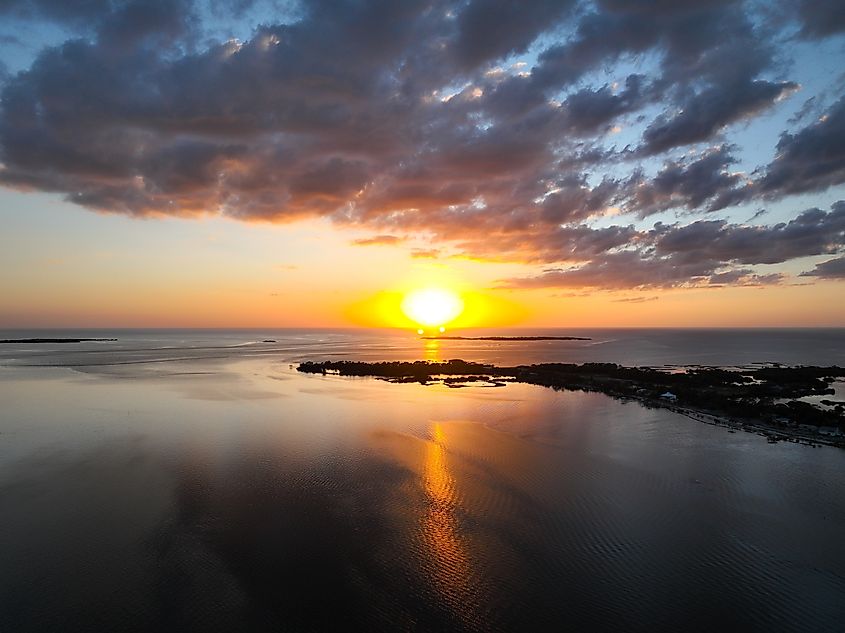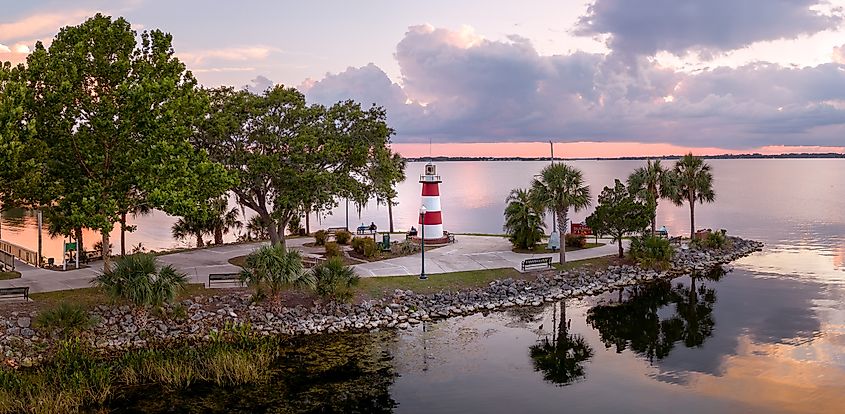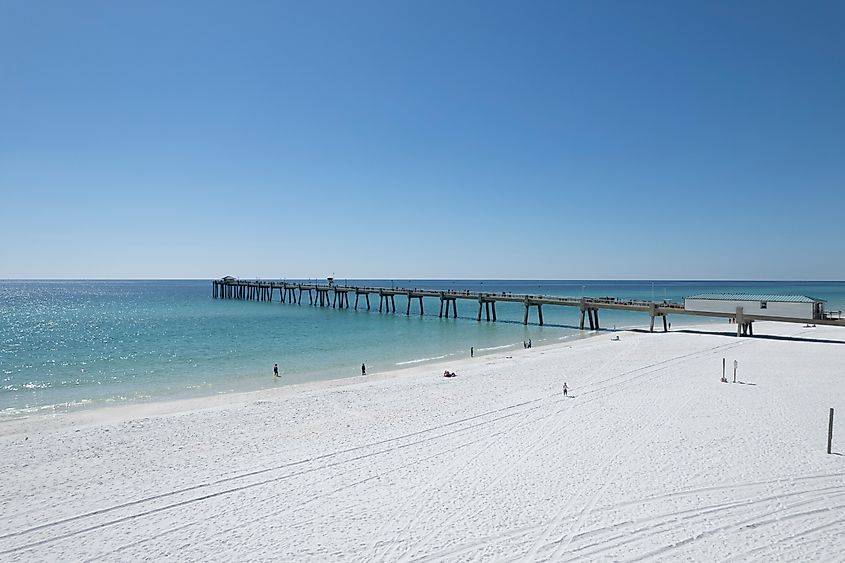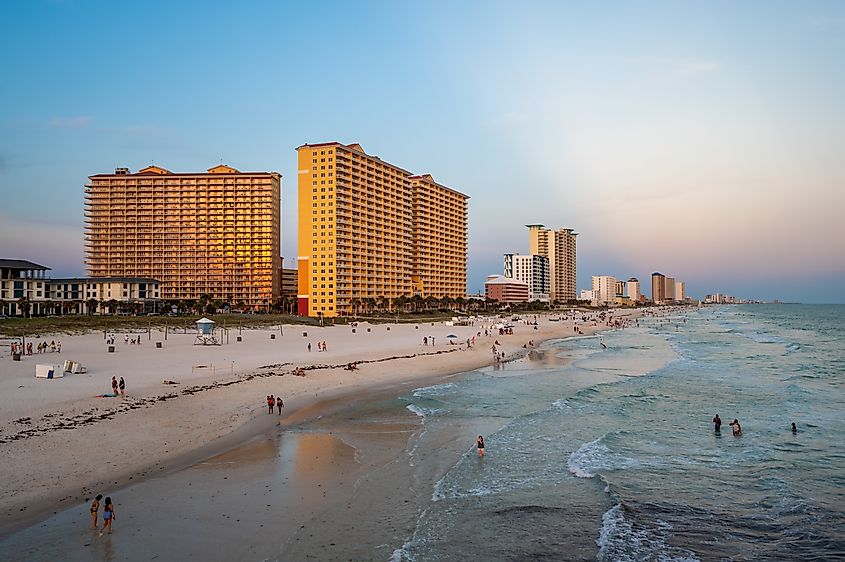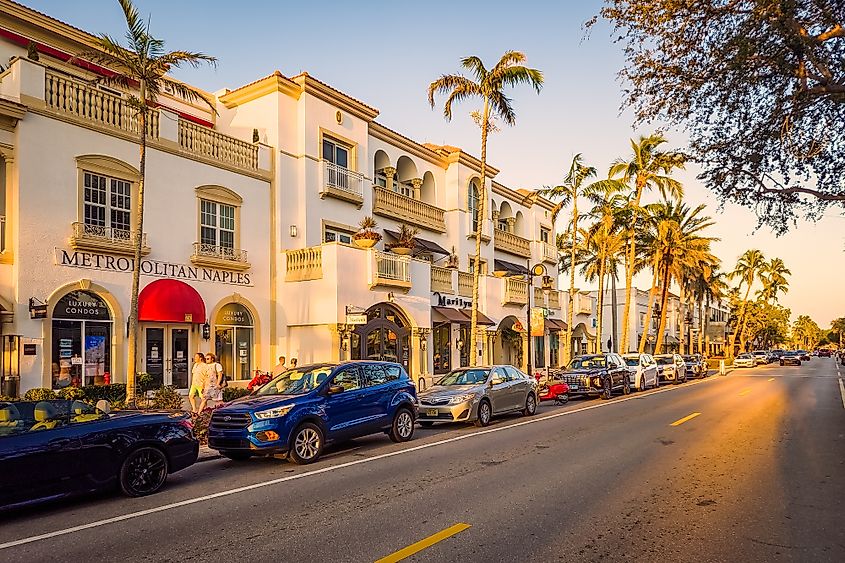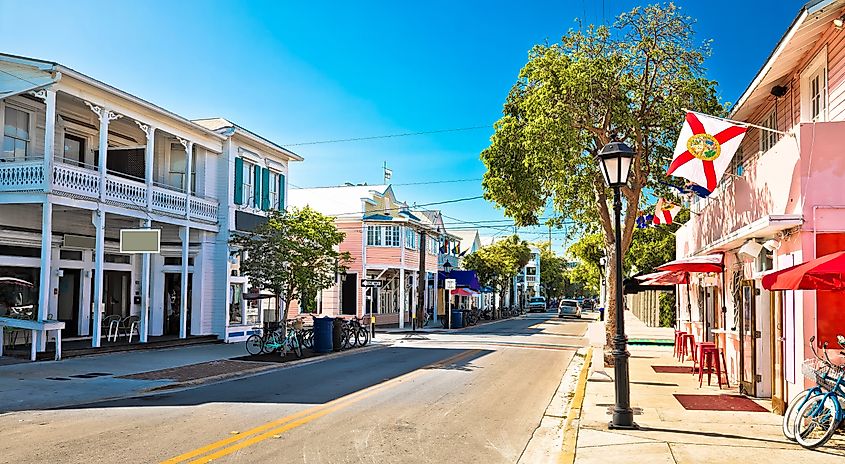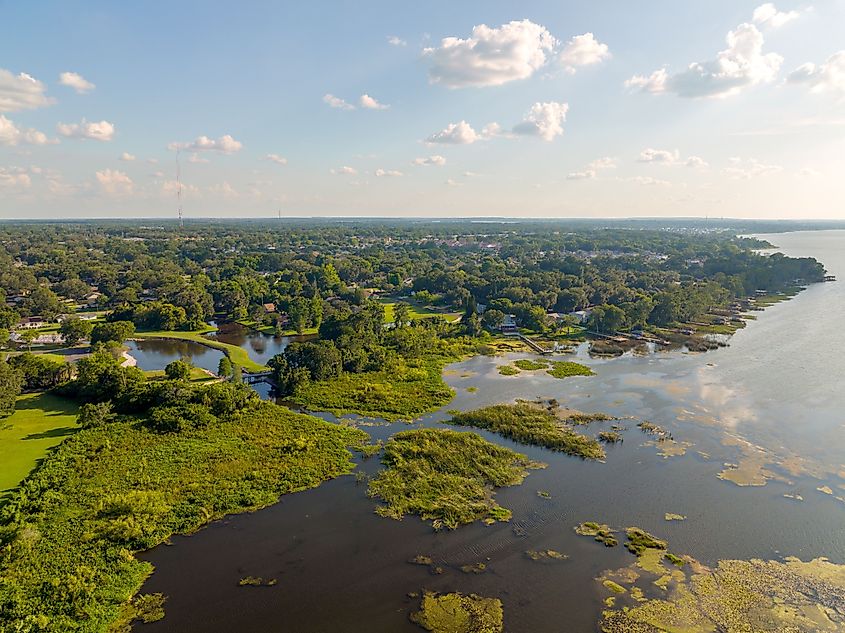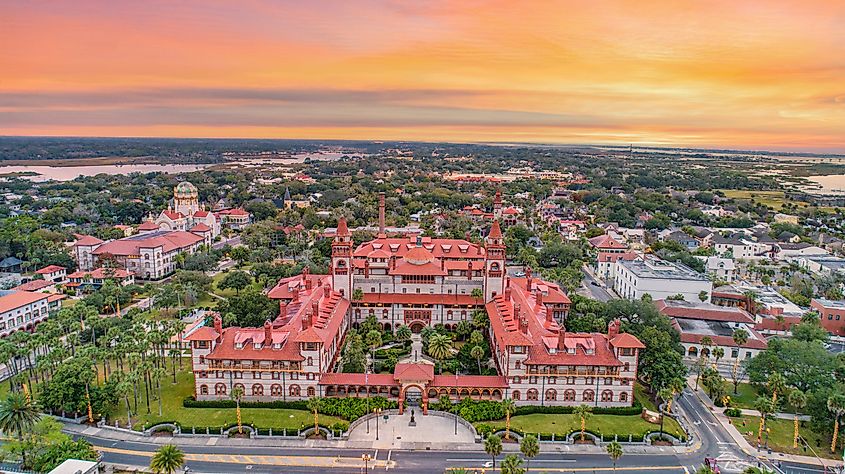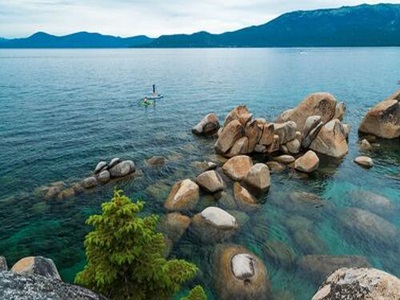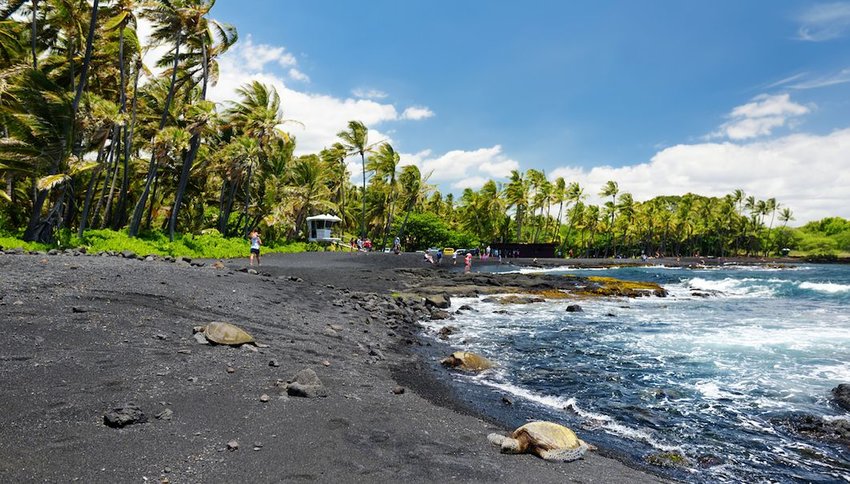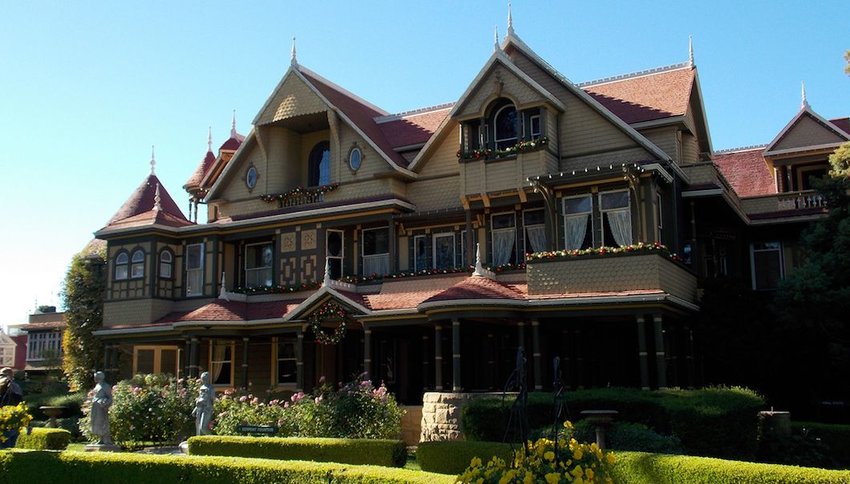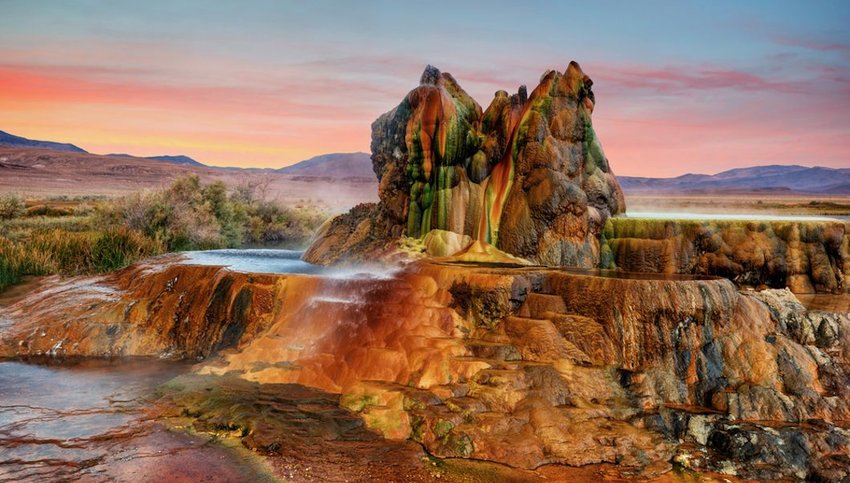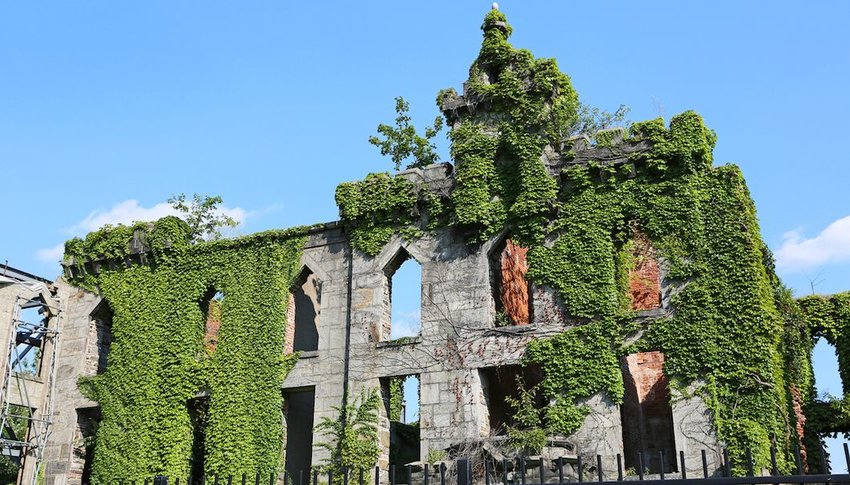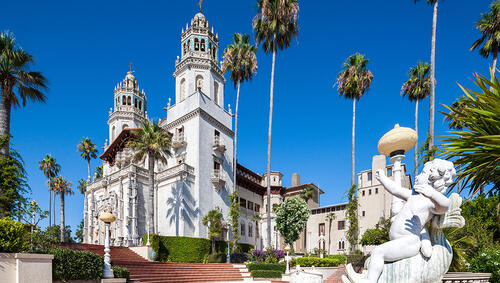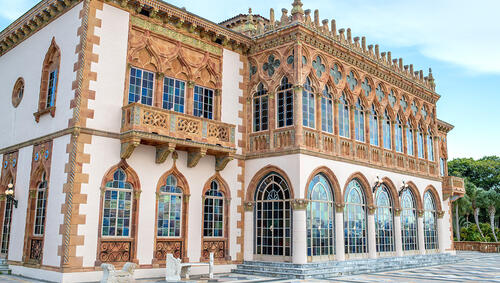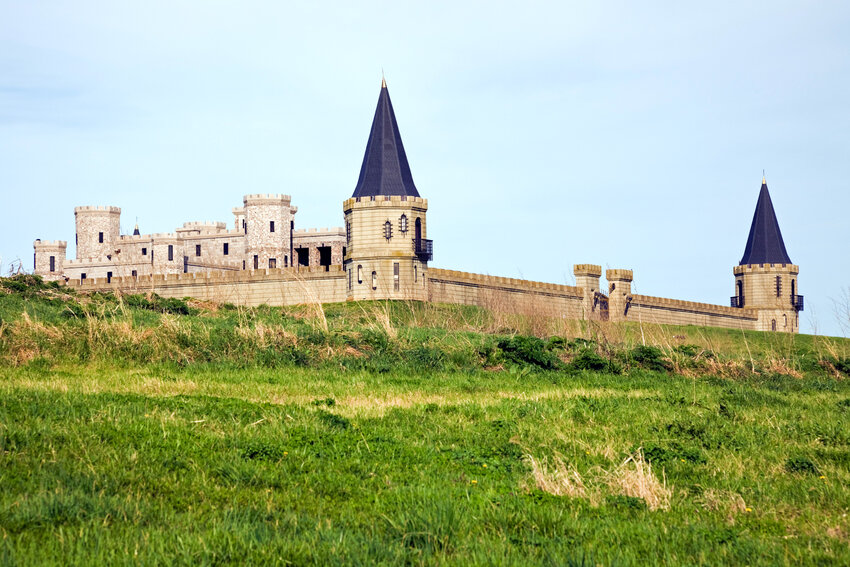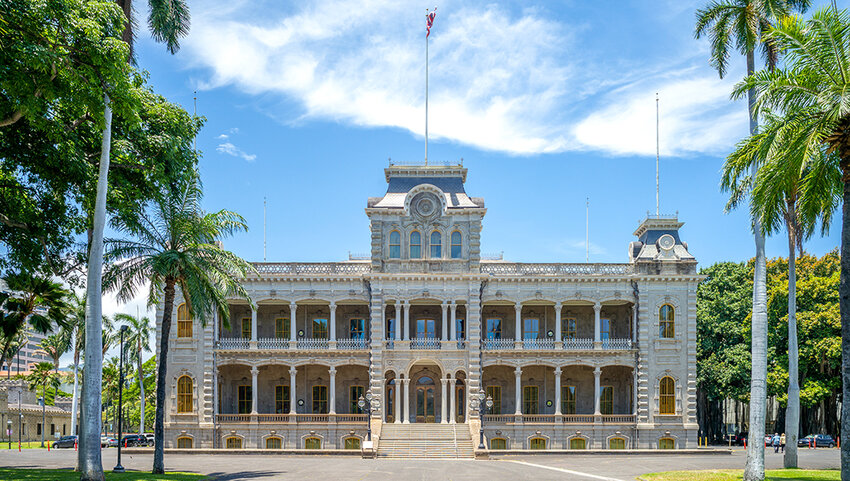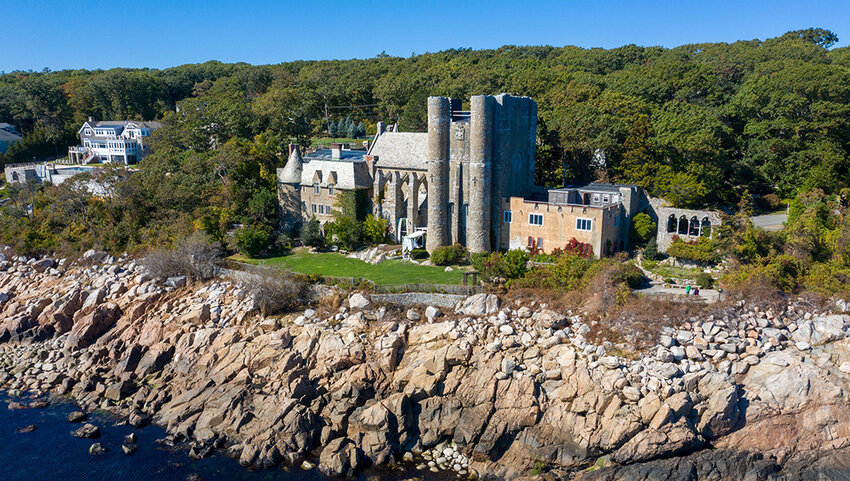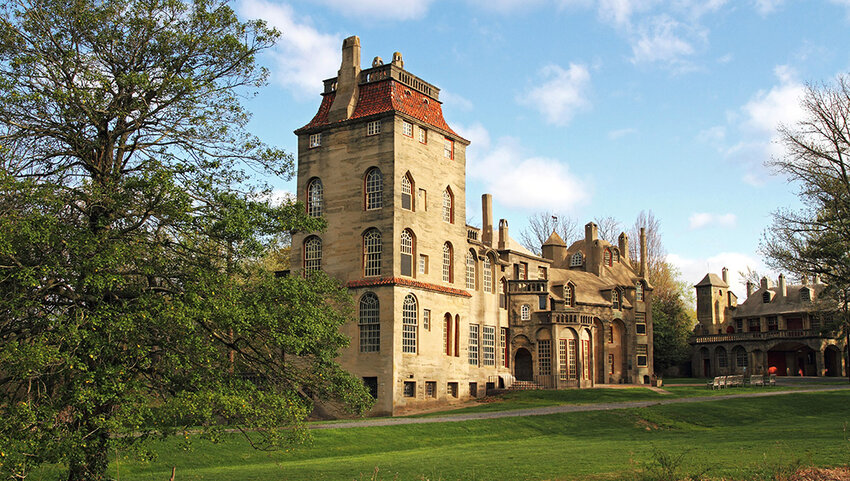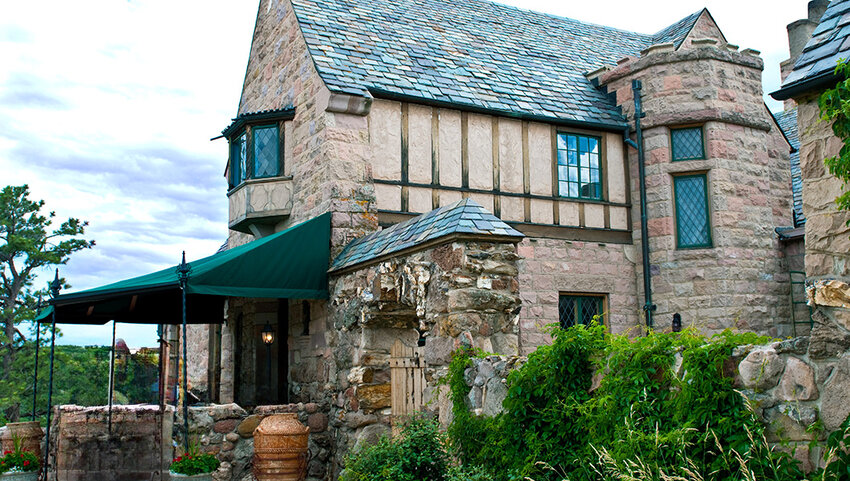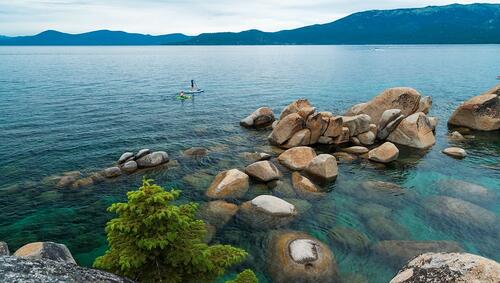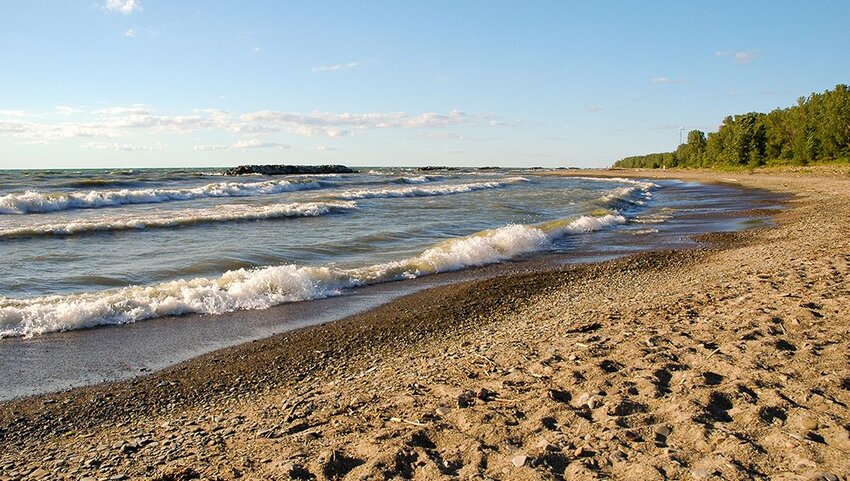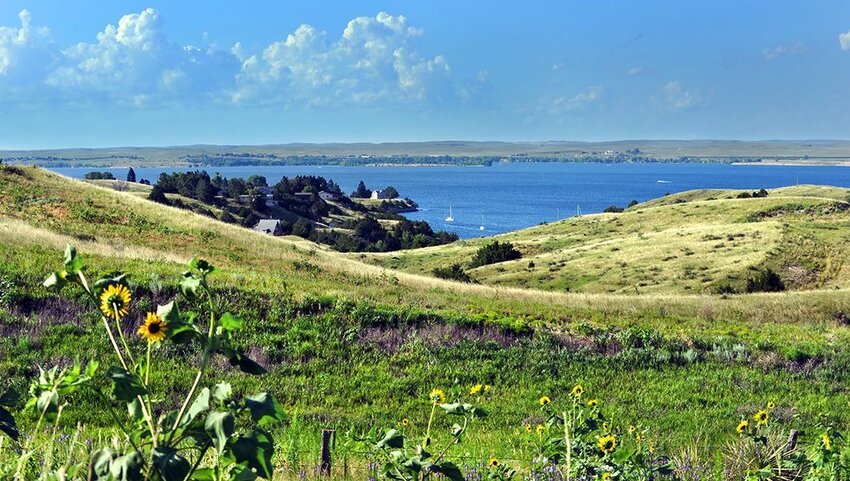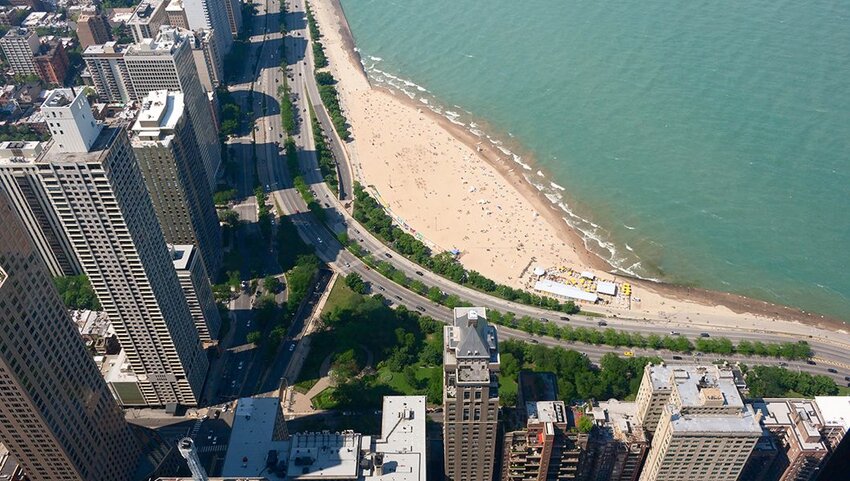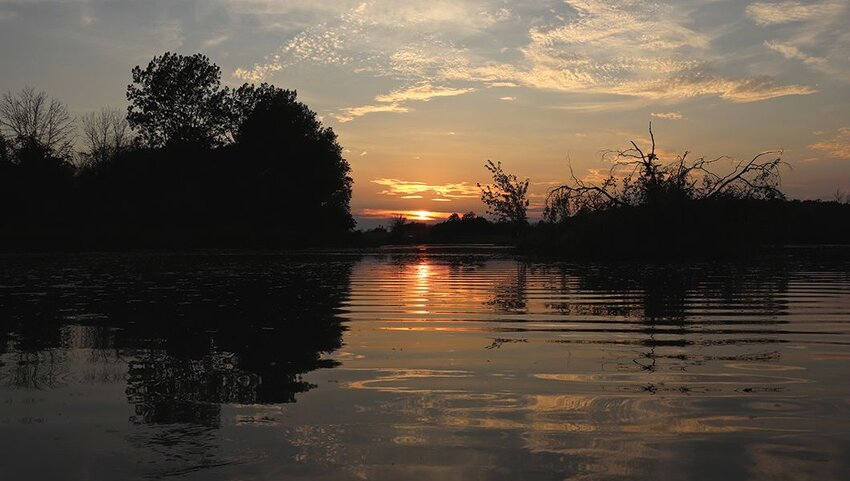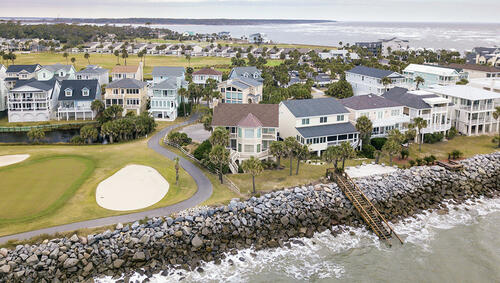
Bandon, Oregon
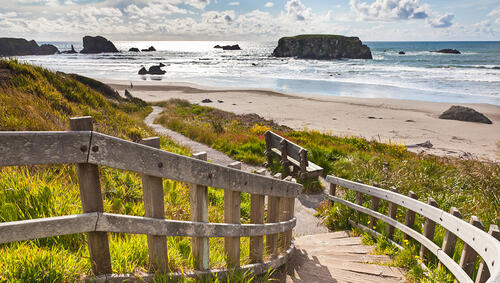
Much of Oregon’s coast is delightfully off-the-beaten path, just waiting to be uncovered, and Bandon is just that. This sleepy little beach town boasts a rich indigenous heritage and windswept stretches of sand, punctuated by massive boulders and rock formations that look straight out of Jurassic Park. While you may have heard of Cannon Beach, Bandon’s nearby Oregon Islands National Wildlife Refuge is a breathtaking example of the Oregon Coast’s rocky islands, abundant marine life, and huge flocks of seabirds with long stretches of beach and tidepools to explore. Known as the Wild Rivers Coast, get to explore this ancient scenery at the Coquille River Lighthouse or the Face Rock State Scenic Viewpoint. Bandon is also a cranberry country with 1600 acres of nearby farmlands for growing these tart tidbits.
Corolla, North Carolina
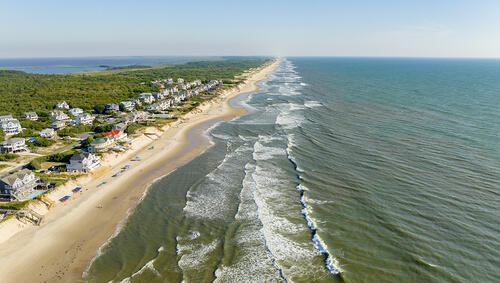
Rugged dunes, herds of Spanish stallions, and roads made of sand. That’s what you can expect on a visit to the Outer Banks’ northern terminus. Corolla is a hidden gem and one of the last wild beaches left in America at the very northern tip of North Carolina’s chain of barrier islands. This quaint seaside town started as a fishing village in the 1800s, its population never climbing above 500 permanent residents. Today, you can stroll through the historic Corolla village and its shops, climb the 220 stairs of the brick Currituck Lighthouse, or head out to the expensive Whalehead Club Historic Mansion. The best place to stay on the island is off of NC-12, where the 4×4 roads begin. These beachfront bungalows are situated right on the water, with the potential to see the wild horses casually strolling around the dunes out your window. While much of the original towns of the OBX have commercialized, Corolla remains a vestige of time gone by.
Lewes, Delaware
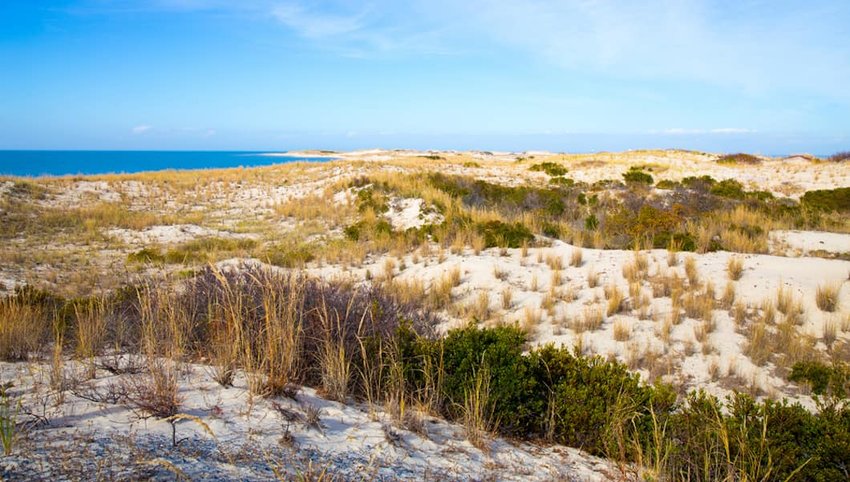
For a healthy dose of nature, history, and boutique shopping, head to Lewes, Delaware. Located between the Delaware Bay and the Atlantic Ocean, Lewes was settled by the Dutch in 1631 and is known as the “First Town in the First State.” This walkable and bikeable destination is perfect for families exploring beyond the beach. Check out shopping and dining on Second Street. Beachcombers will want to explore Cape Henlopen State Park, perfect for anglers, surfers, swimmers, hikers, and campers. Bonus — the park is within biking distance of downtown.
Fripp Island, South Carolina

Once considered the site of pirate hordes, Fripp Island may not house buried treasure, but it is home to rich nature. South Carolina has its barrier islands, and Fripp is one of the most beautiful and secluded. Just south of the idyllic city of Beaufort, Fripp Island features the best of the Palmetto State, like world-class golf courses and fresh seafood, with the serene feel of an undiscovered hideaway. Surrounded by quintessential Lowcountry, there’s also pristine wilderness, from cypress wetlands to stunning beaches. If the quiet starts to get to you, make a day trip to colorful Beaufort and its historic architecture, nature preserves, and delicious eateries. Don’t leave town without grabbing a bowl of she-crab soup.
Port Aransas, Texas
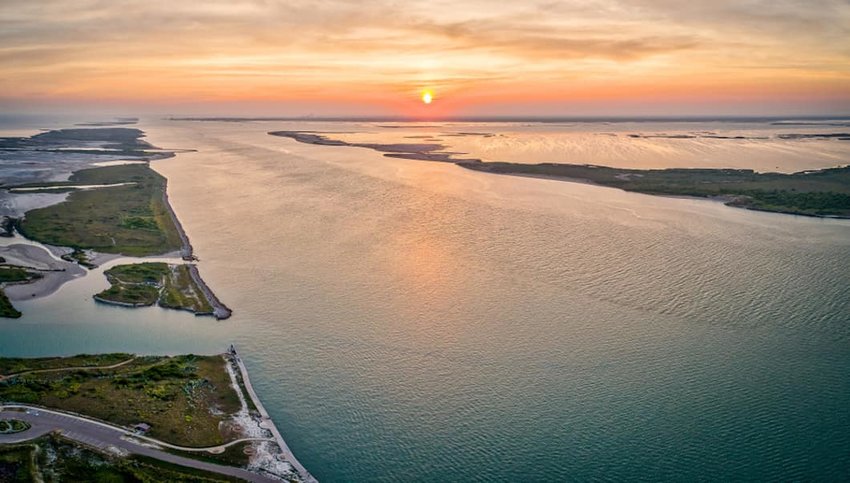
Many of Texas’ Gulf beaches remain underrated for travelers outside the Lone Star State, and Port Aransas is no exception. Set on the beautiful Mustang Island, this beach destination features 18 miles of shoreline and plenty of family-friendly fun. Outdoor activities are plentiful, whether you want to paraglide, fish, kayak the inlets or relax on the sand. Temperatures are mild year-round in Port Aransas, making it easy to explore during the off-season. Keep your eyes peeled for dolphin sightings, dine on delicious Tex-Mex, or enjoy one of many hiking trails in the area.
New Castle, New Hampshire
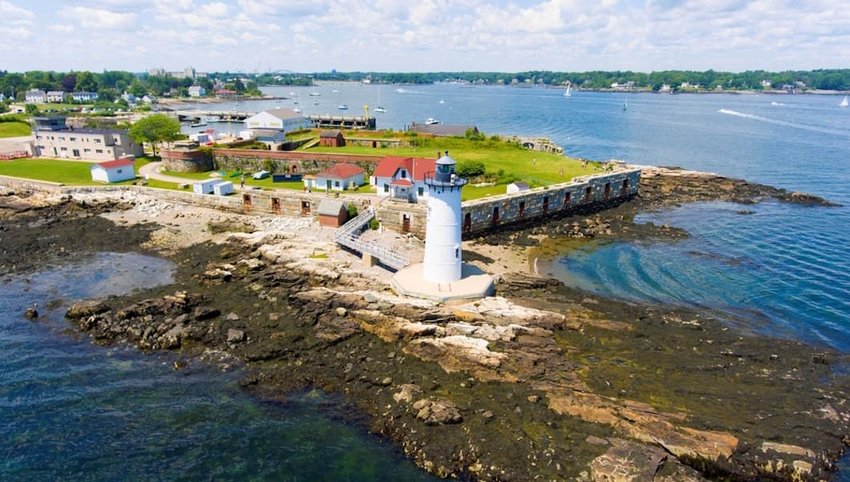
The smallest town in New Hampshire is also the only one on an island. New Castle is perfect for history lovers, who will enjoy touring Fort Constitution, built in the 1700s, and the Portsmouth Harbor Lighthouse, built in 1877. New Castle is also home to one of New Hampshire’s grandest hotels, the famous Wentworth by the Sea, which opened to the public in 1874. When ready to relax, head to Great Island Common, which protects 32 acres of green space and includes a small beach.
Venice, Florida

Dubbed the “Shark Tooth Capital of the World,” Venice, Florida’s beaches hold treasures that stand the test of time. Walk along the town’s quiet beaches, with the Gulf of Mexico’s softly lapping waves, and there’s a good chance you’ll come across a shark tooth or two. These fossilized fangs are easily found here because they are atop a layer of fossil sediment. Aside from searching for these precious incisors, the town of Venice is charming, with a traditional French bakery, several art galleries, cozy cafes, and a quiet appeal that can be difficult to find along Florida’s sunny shores. Venice also makes for a good base if you’re interested in visiting Sarasota but want to escape the highrises. Make a day trip to seek out Circus history at the Ringling Brother’s Mansion, Ca’ d’Zan, or the powdered sugar sand beaches of Siesta Key.
New Shoreham, Rhode Island

Another tiny East Coast town, New Shoreham, Rhode Island, is the only town on Block Island and the smallest town in the state, with just 1,000 permanent residents. The Block Island Ferry provides year-round access from Point Judith, but you’ll feel a world away on this island. Once you’ve settled in, you can get busy relaxing on 15 beautiful beaches or hiking 32 miles of trails – around 43% of the island is preserved open space, and you don’t need a car to get around. Shops and restaurants are all within walking distance, and you can easily rent a bike to explore the island more.
Biloxi, Mississippi

Though Biloxi, Mississippi, is best known for its casinos, it’s also a thriving coastal community that embraces the maritime and fishing industries. Visitors will have no trouble chartering a fishing boat for half or full-day cruises in the Gulf of Mexico. There are many beaches throughout the Gulf Coast of Mississippi, but if you’re looking for peace, check out Ship Island Holding or Biloxi Beach, both perfect for swimming. As you’d expect, downtown Biloxi has many excellent seafood restaurants, making it hard to choose a favorite.
Anacortes, Washington

Located on a picturesque island in northwestern Washington, Anacortes is a thriving seaside community with 12 miles of coastline, 67 miles of trails, and a historic old town district with several antique shops, bookstores, coffee shops, and bakeries. Accommodations for every budget are plentiful, whether you’re looking for a stately inn or a waterfront campground. Orcas also make their home in these waters; a whale-watching cruise is one of the best ways to spot them. The water may be a bit chillier if you’re looking to swim, but if you can brave the frigid waves, you can make your fun.
Cambria, California

California’s more famous beaches clog up in the summer, so head to Cambria, where you can enjoy miles of beach, explore hilltop castles, and indulge in fantastic wine and food. Moonstone Beach in Cambria is one of the loveliest in all of California, and the sprawling Hearst Castle is a National Historic Landmark run by California State Parks. The area also has several vineyards, but visit Stolo Vineyards for their award-winning Syrah.
Crescent City, California
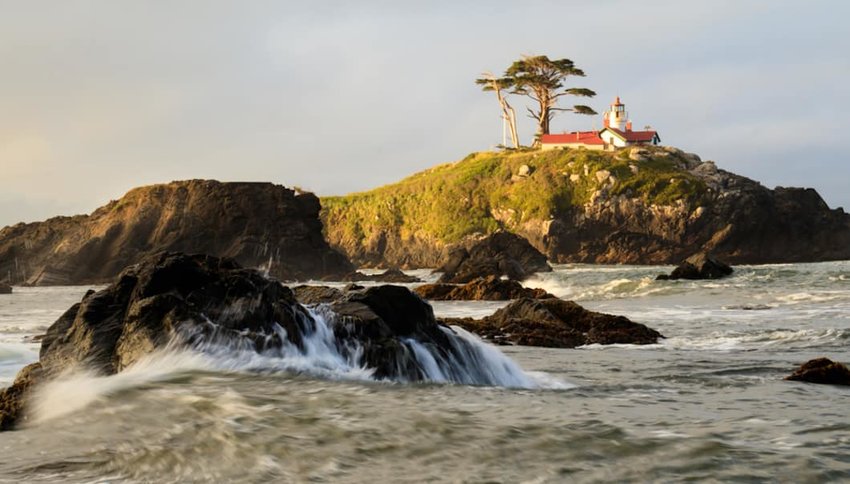
Another California beach town that flies under the radar is the northern community of Crescent City. Best known for its proximity to the Redwoods National Park, Crescent City’s beach scene is equally nice. Highlights include the Battery Point Lighthouse, which can be reached by foot during low tide; the Ocean World Aquarium, with its unique variety of sea critters; and the Northcoast Marine Mammal Center, which specializes in rehabilitating elephant seals and sea lions. Head to the beach in Crescent City in the late afternoon to ensure you get there in time to see the excellent sunset.

Allyn Maycumber Broker/Associate ERA Grizzasrd Realty Mount Dora Florida 32757 407-467-3862

 Facebook
Facebook
 X
X
 Pinterest
Pinterest
 Copy Link
Copy Link
